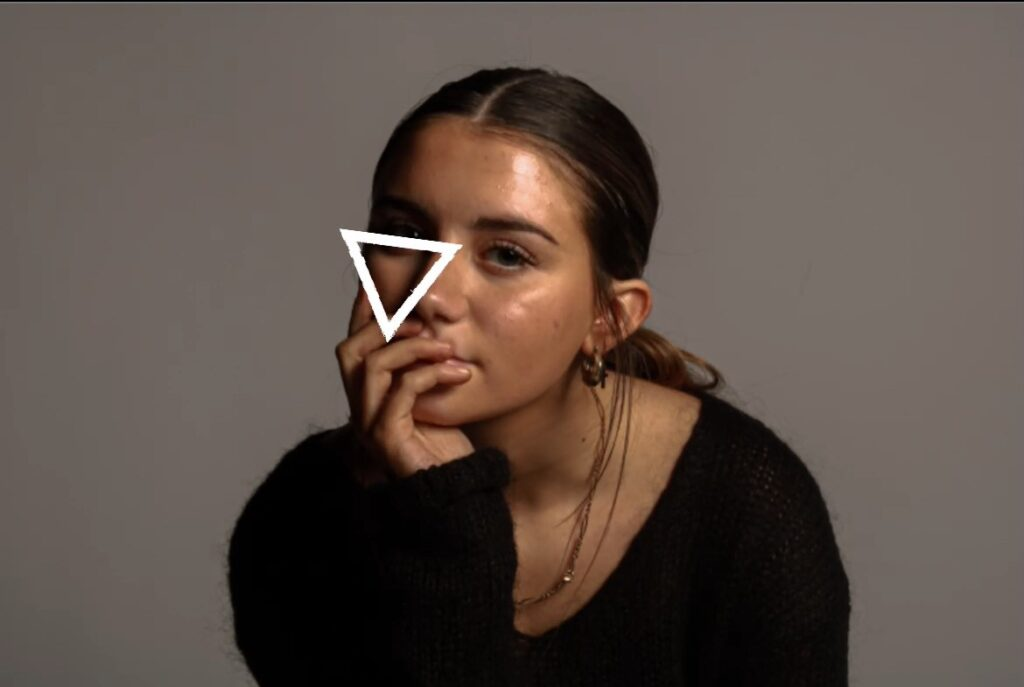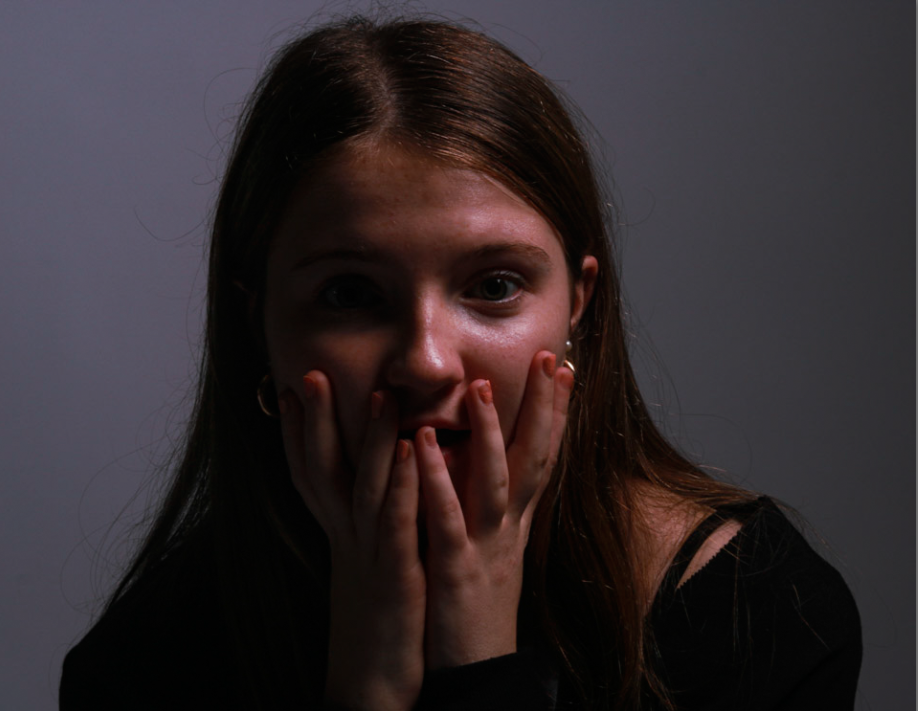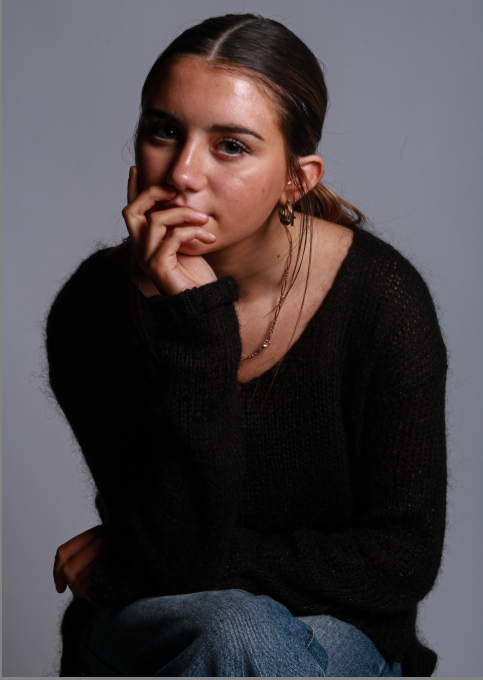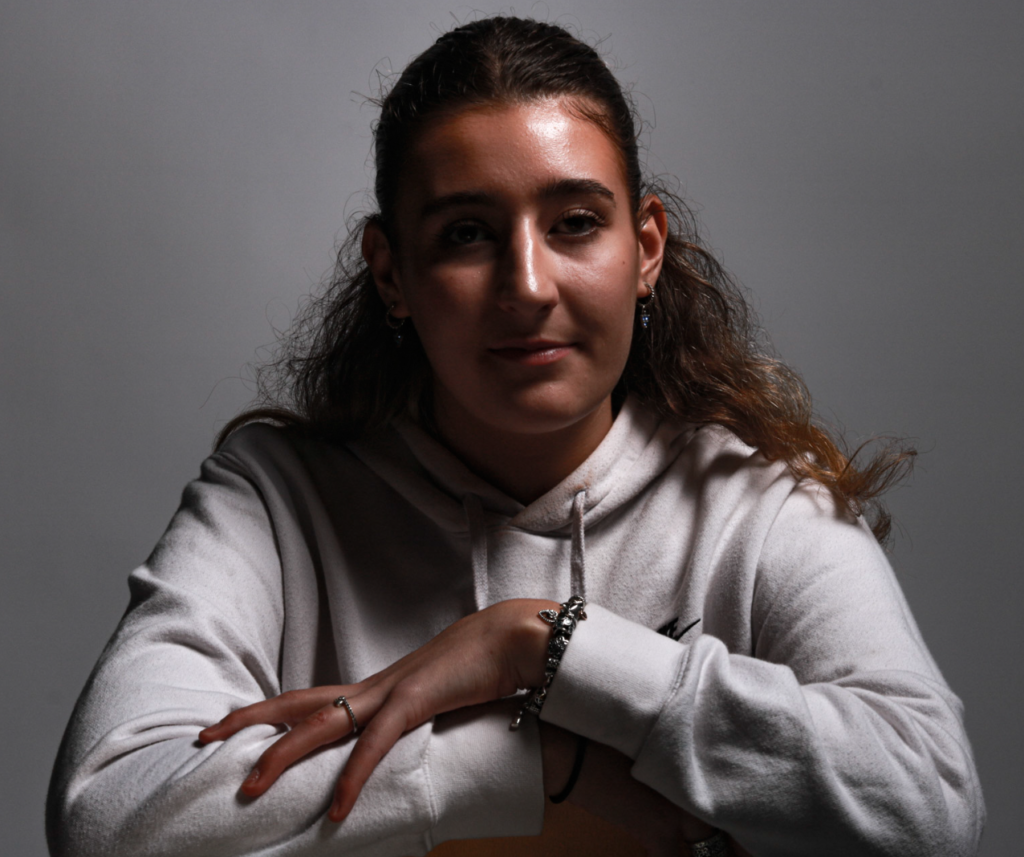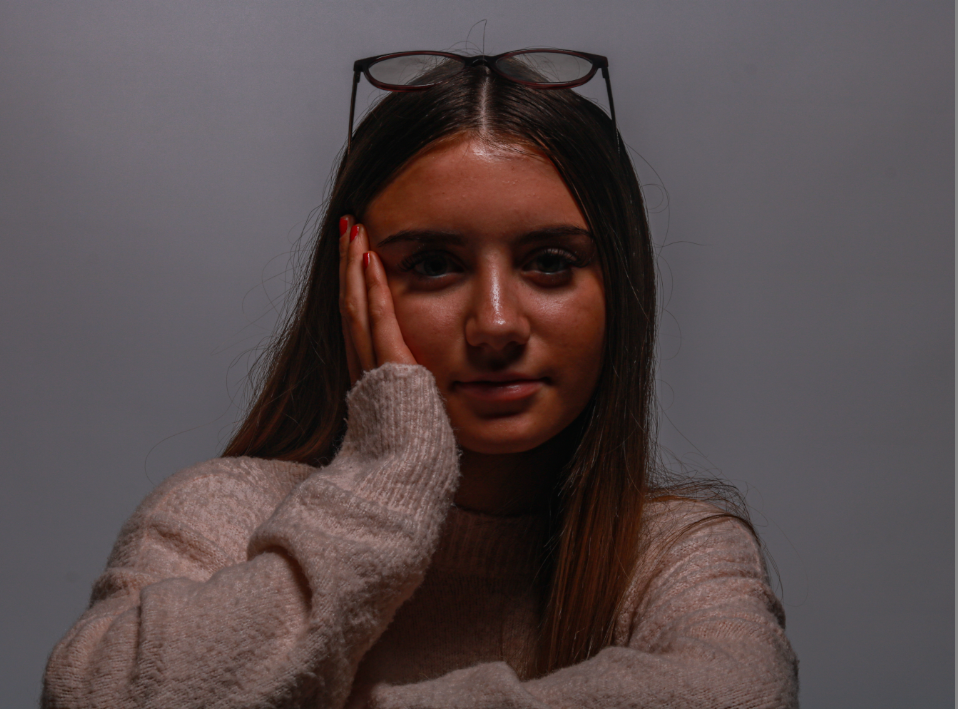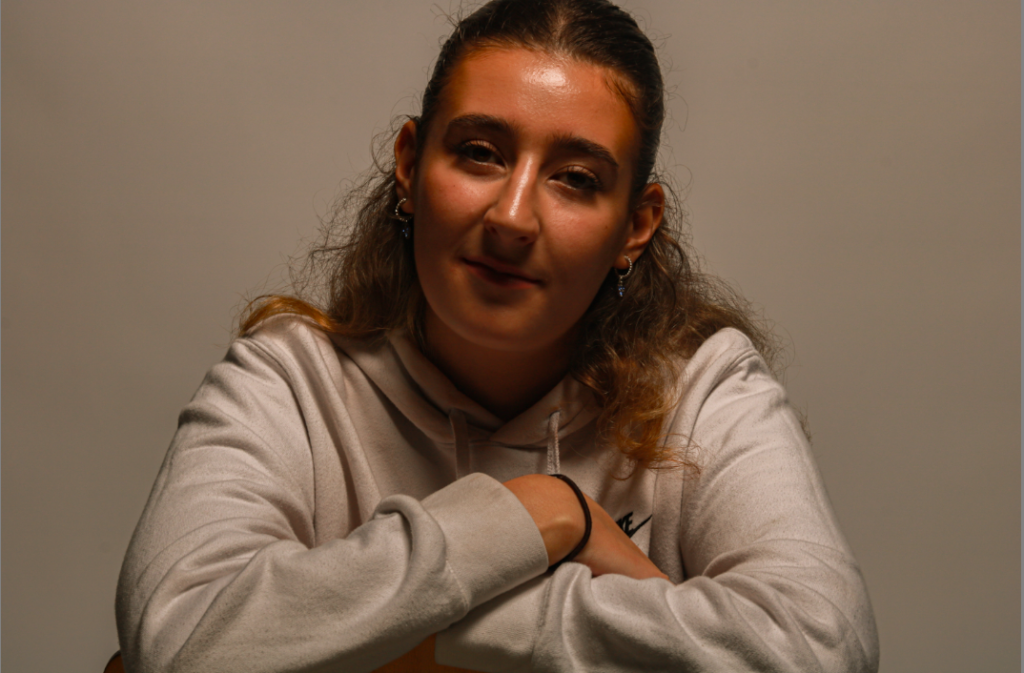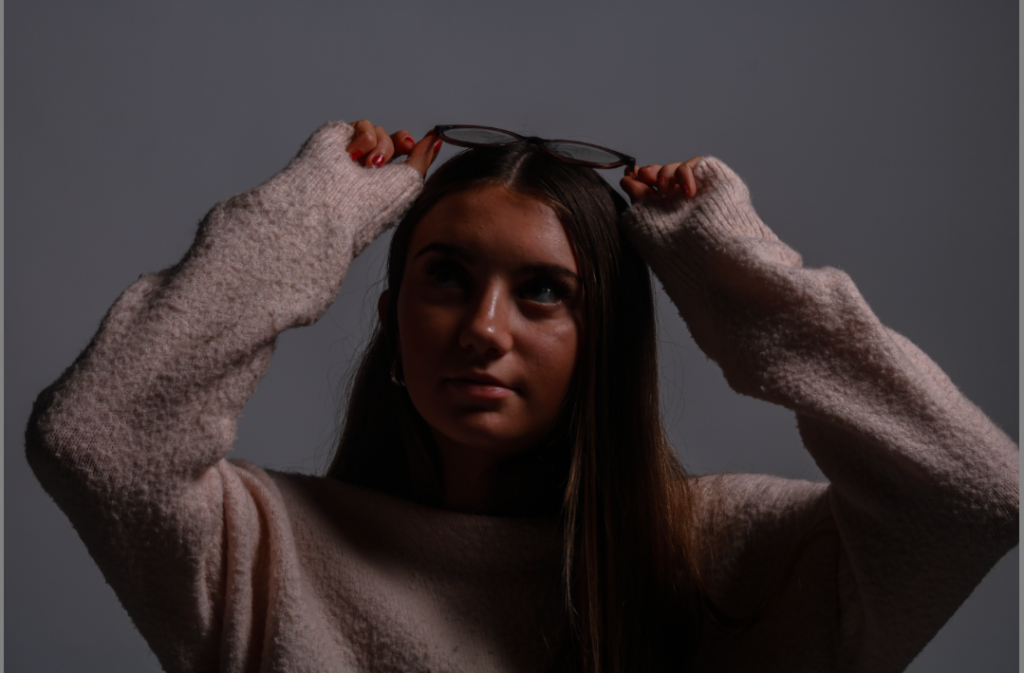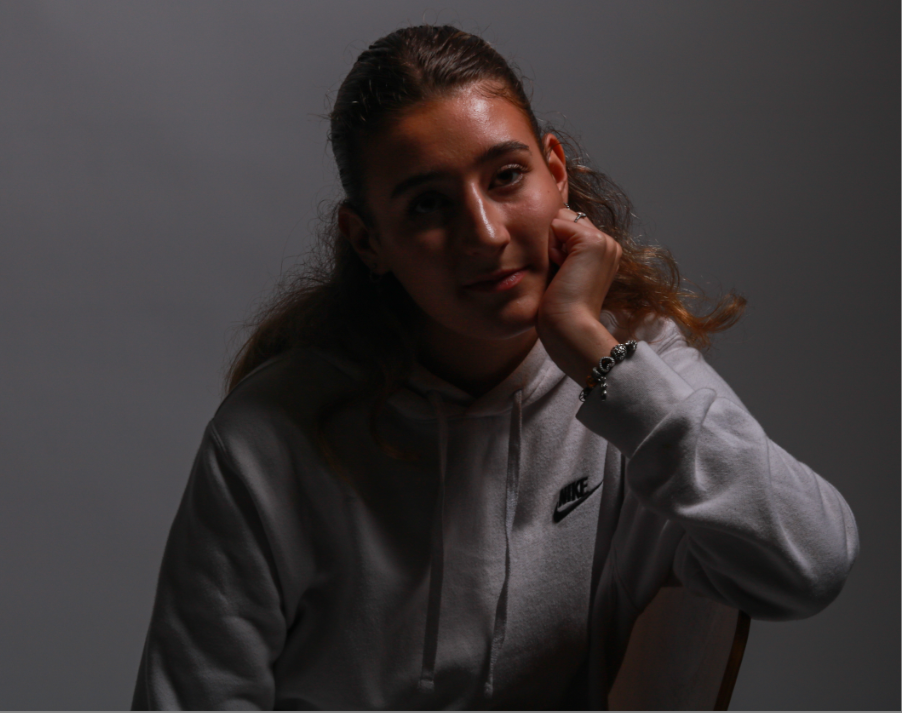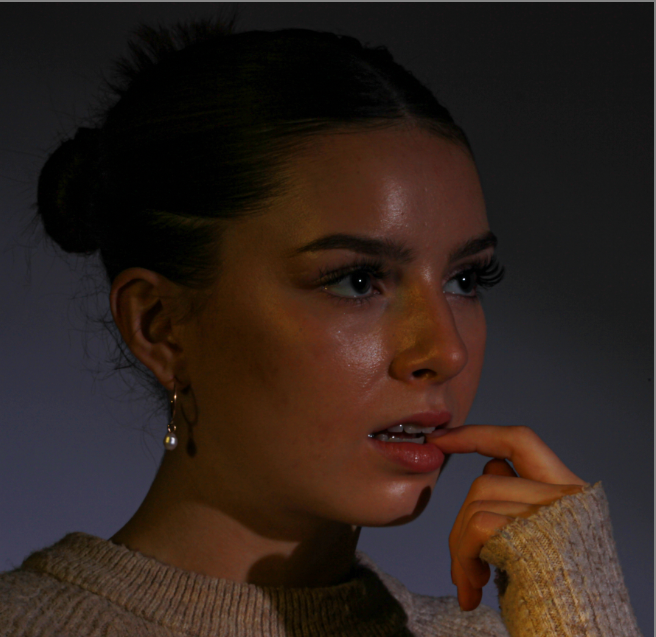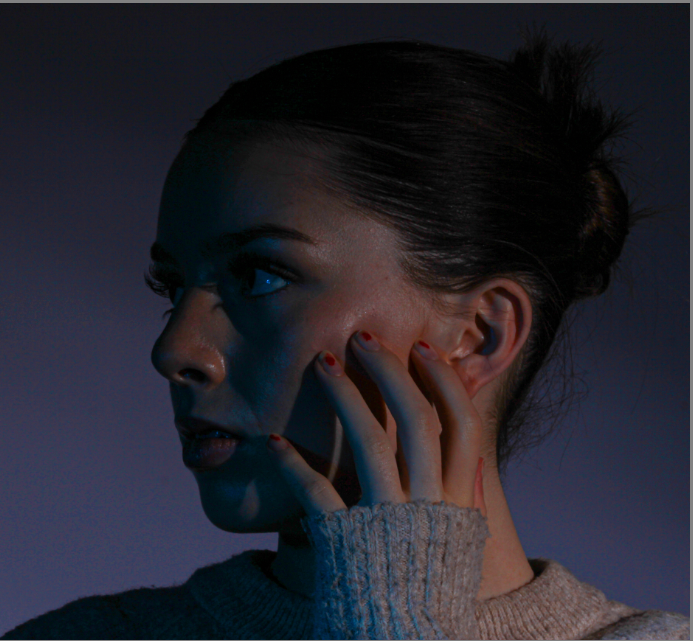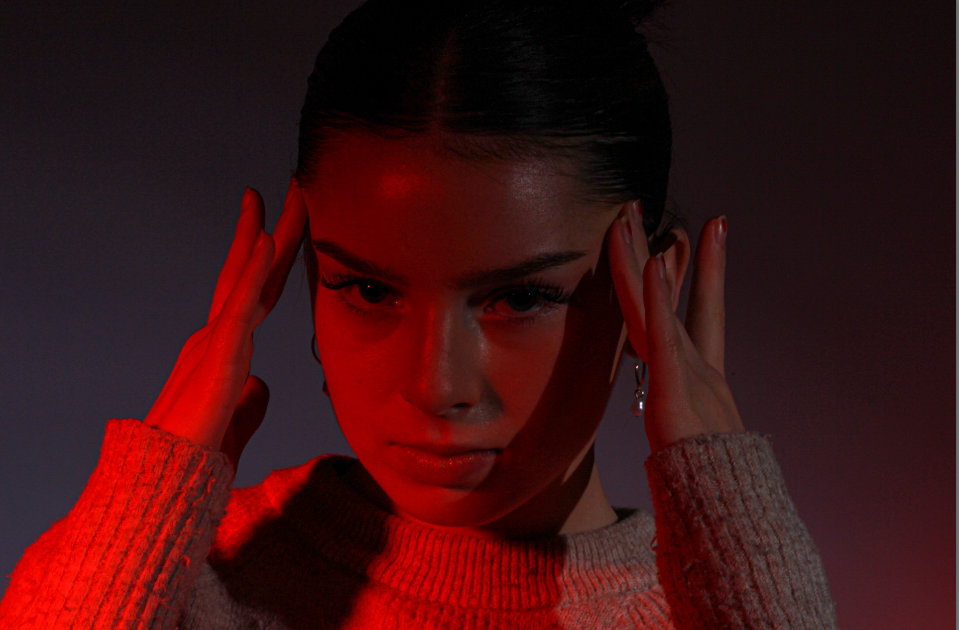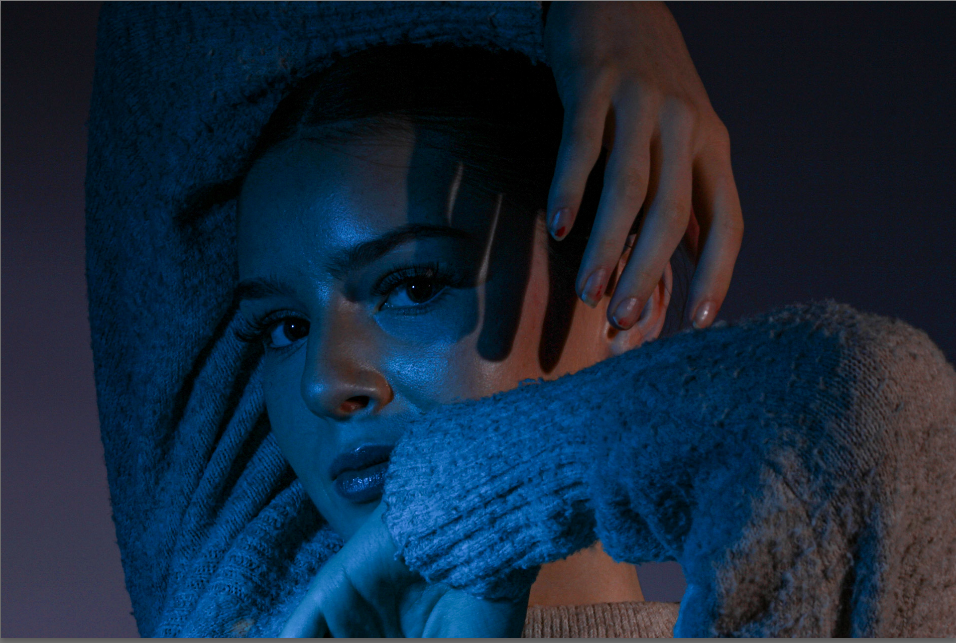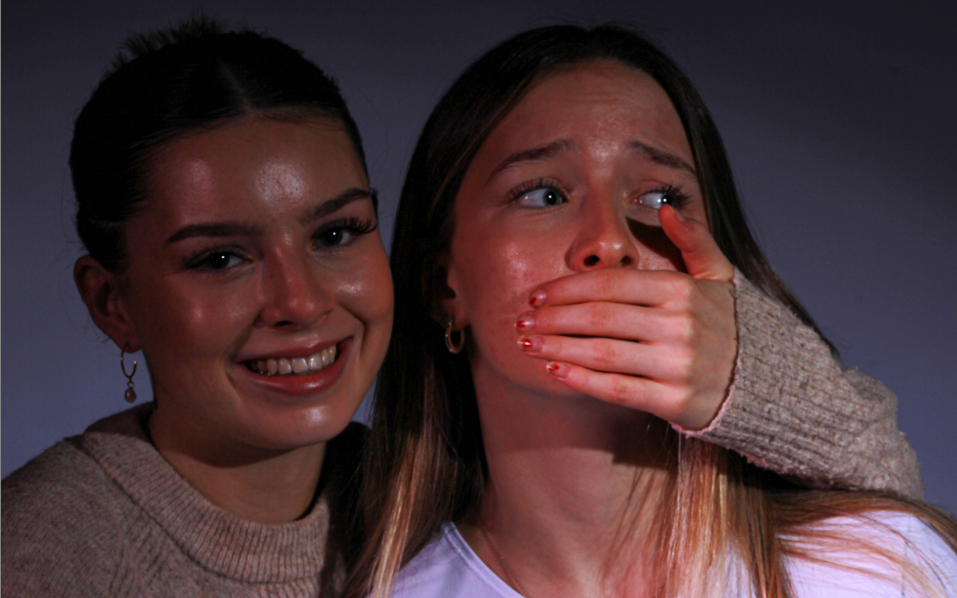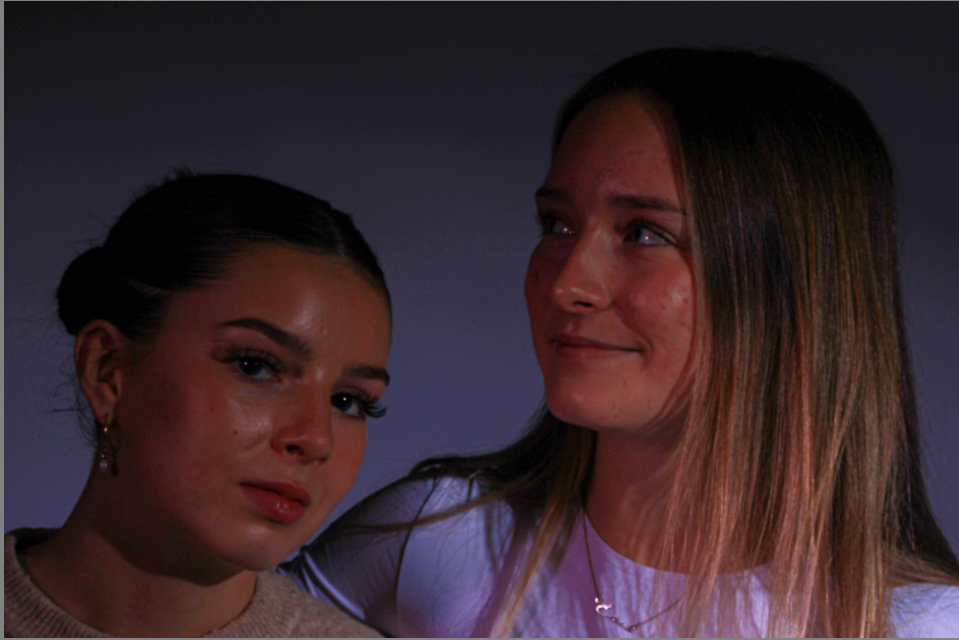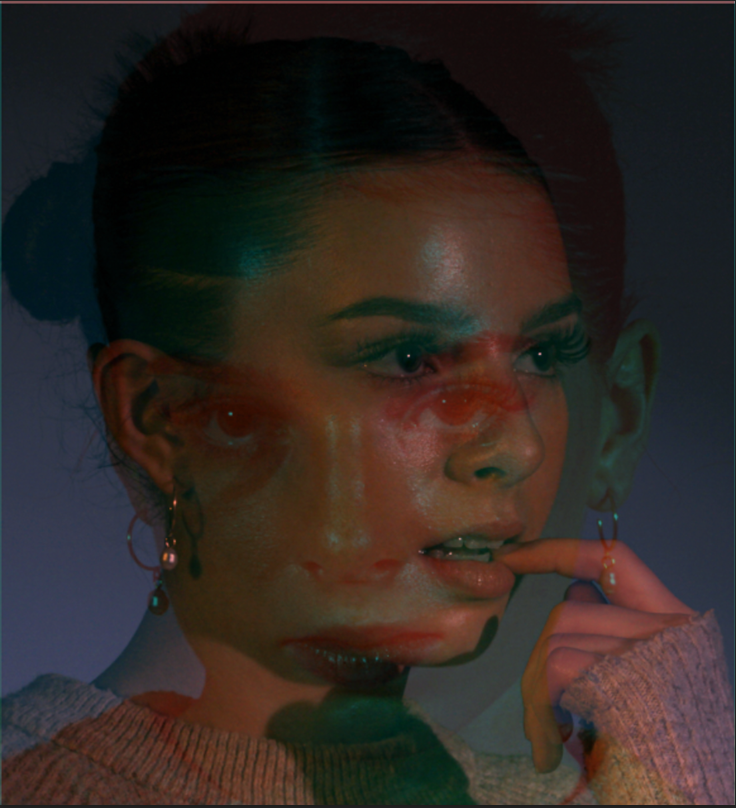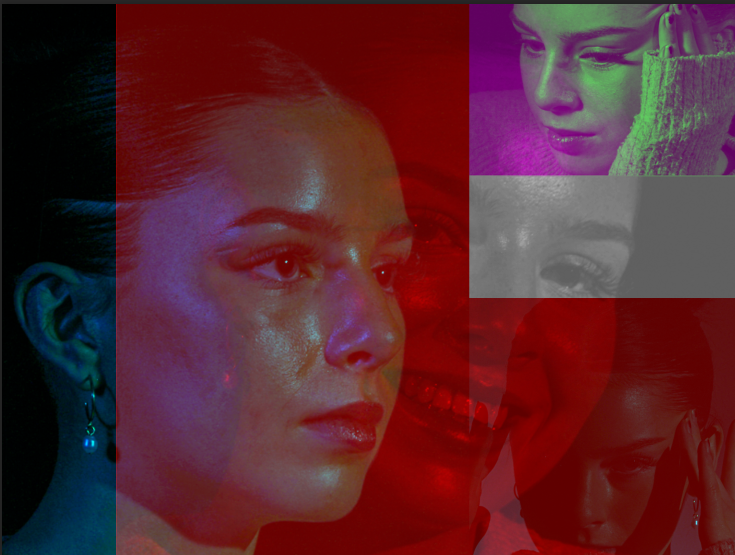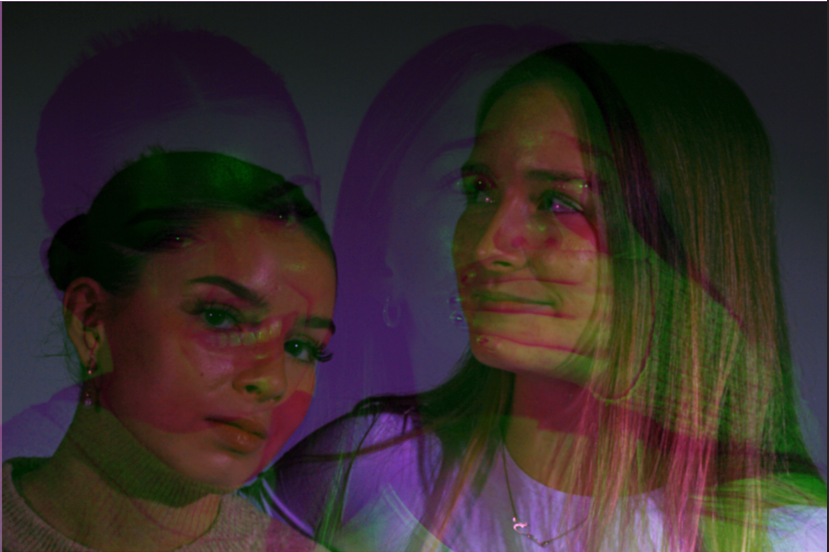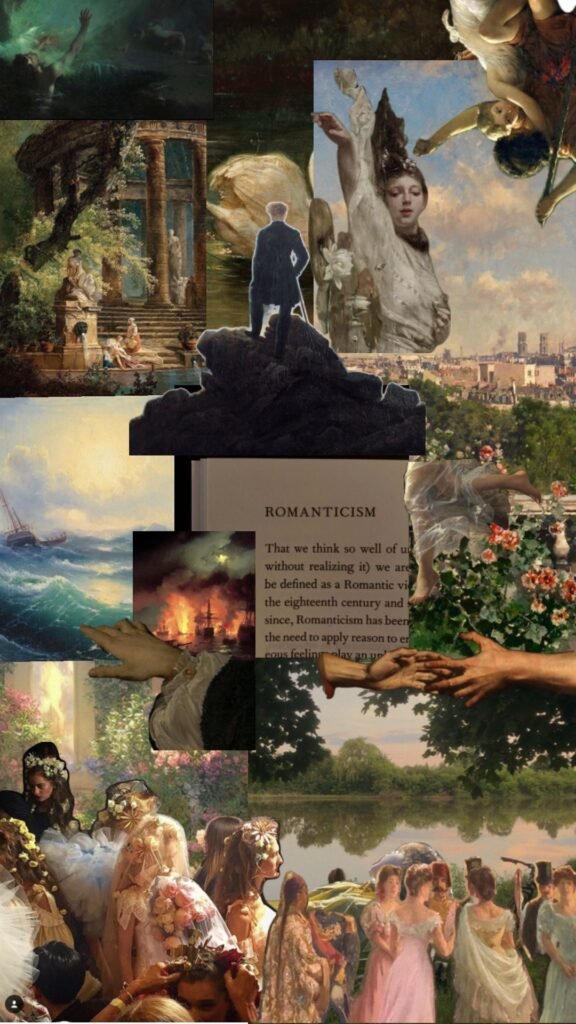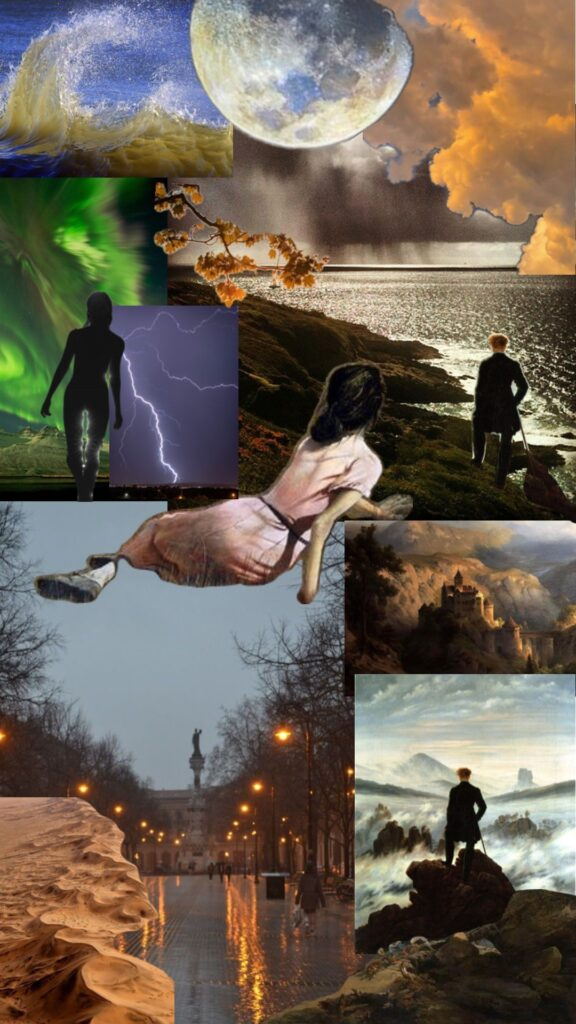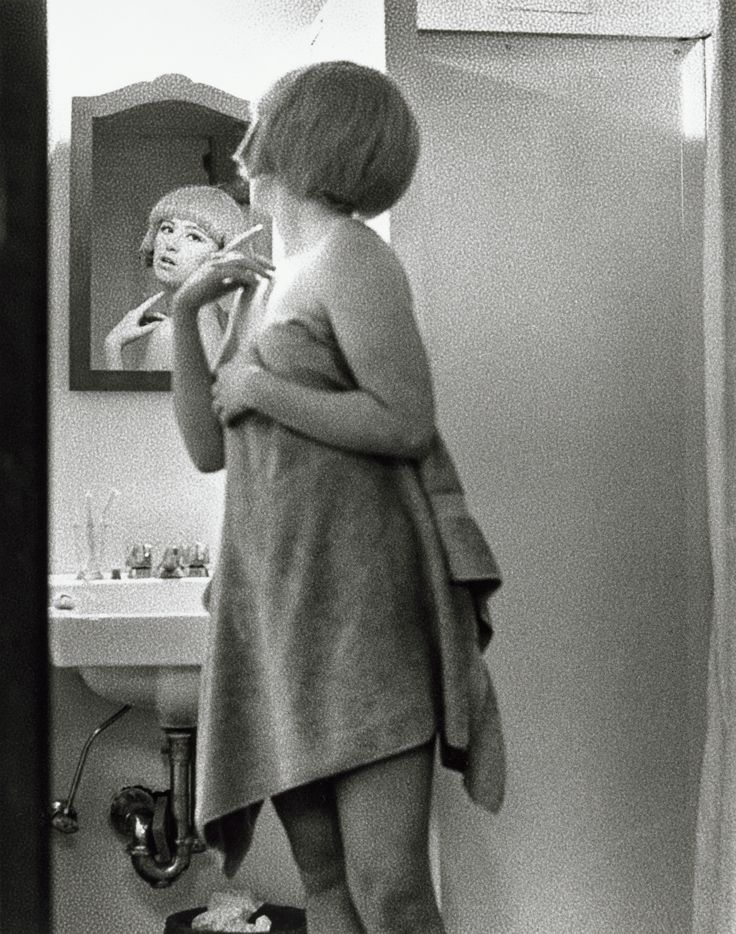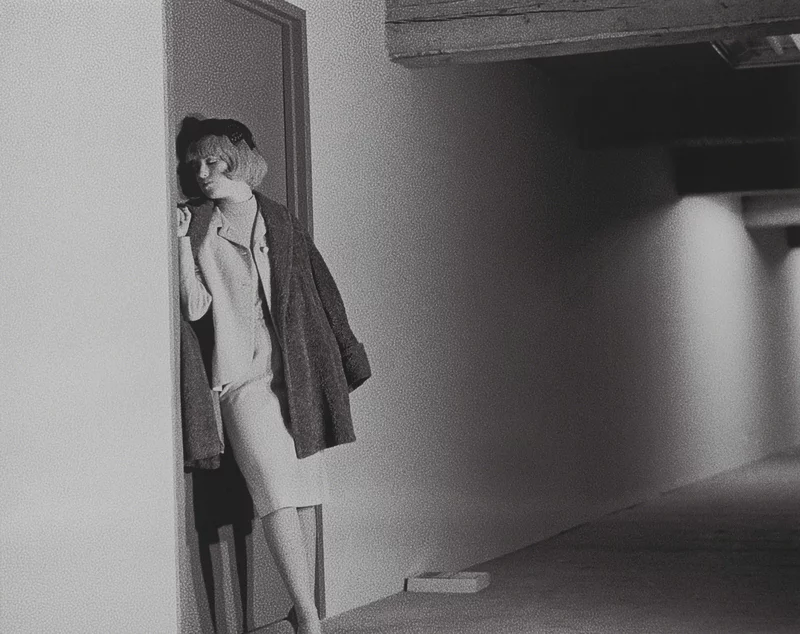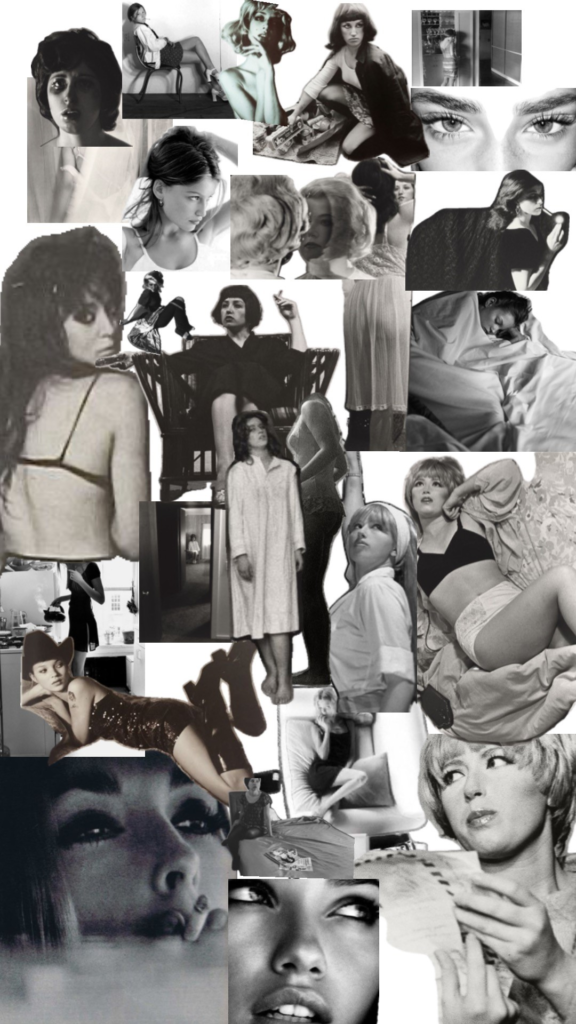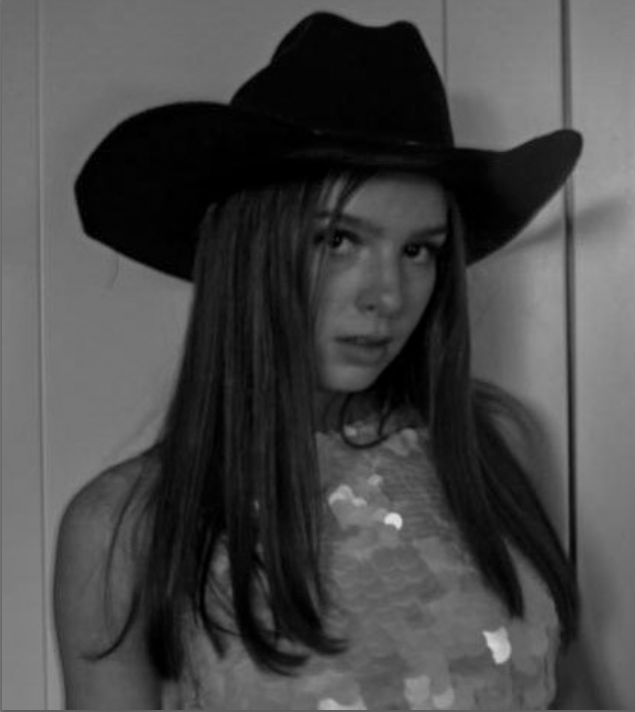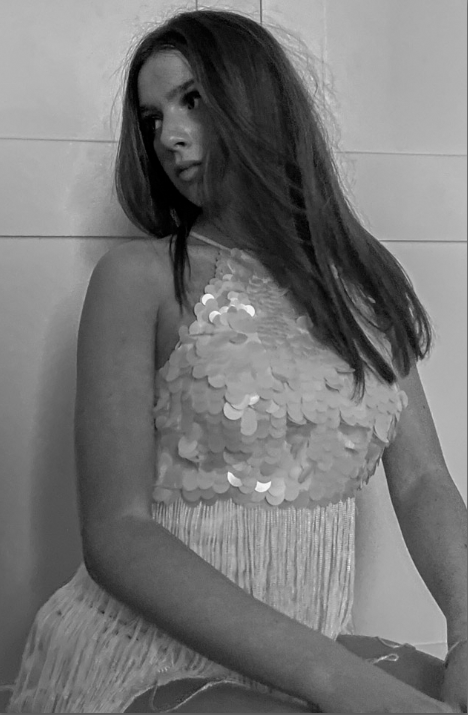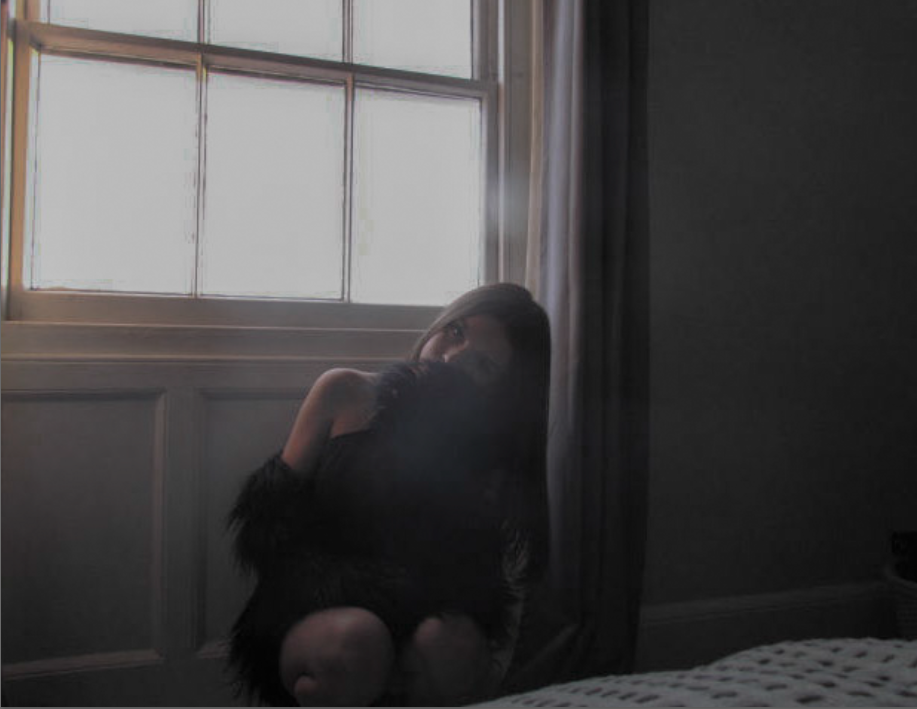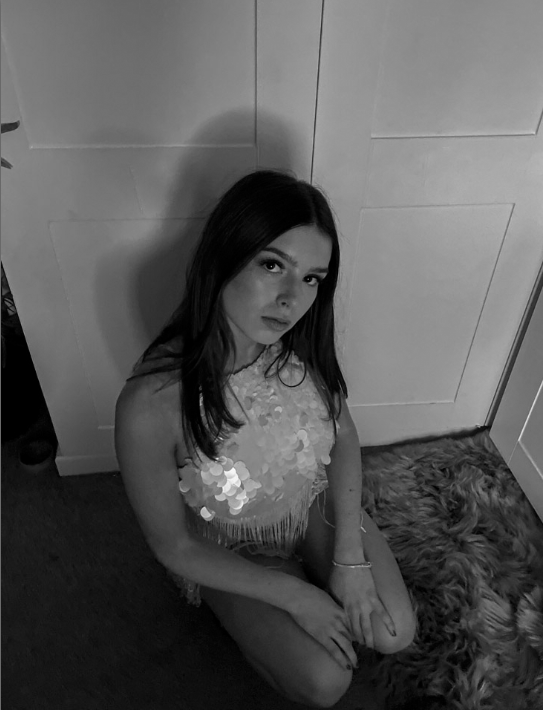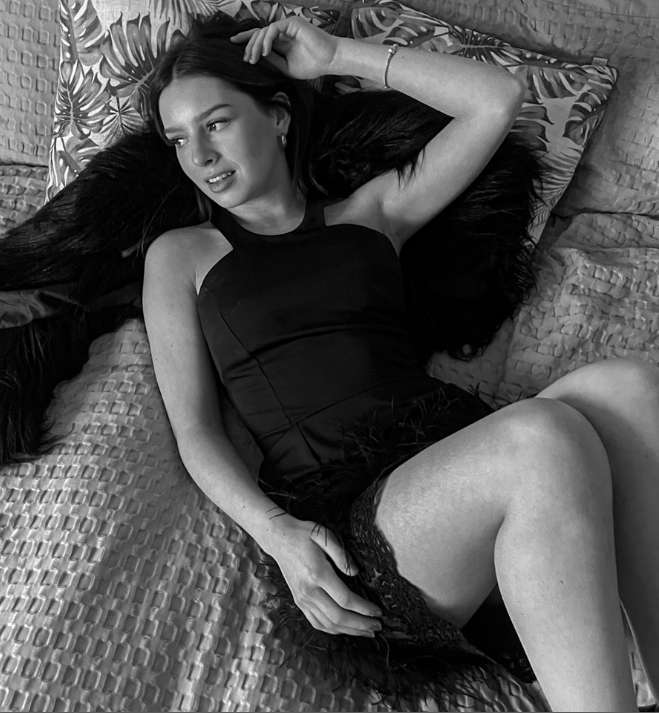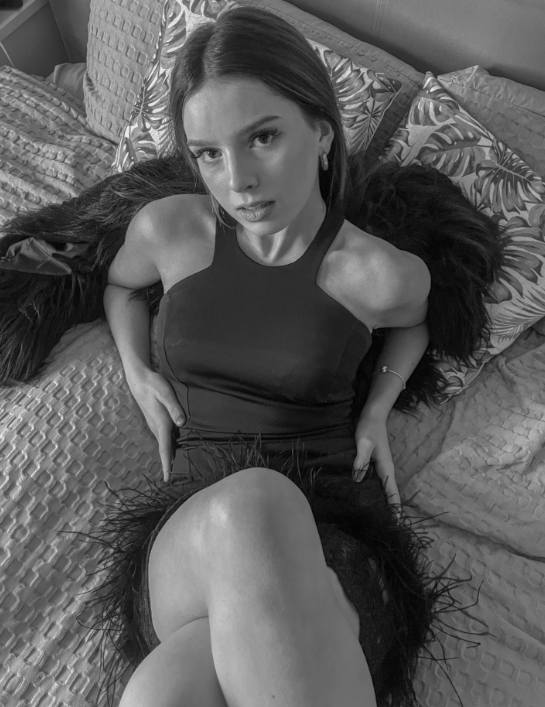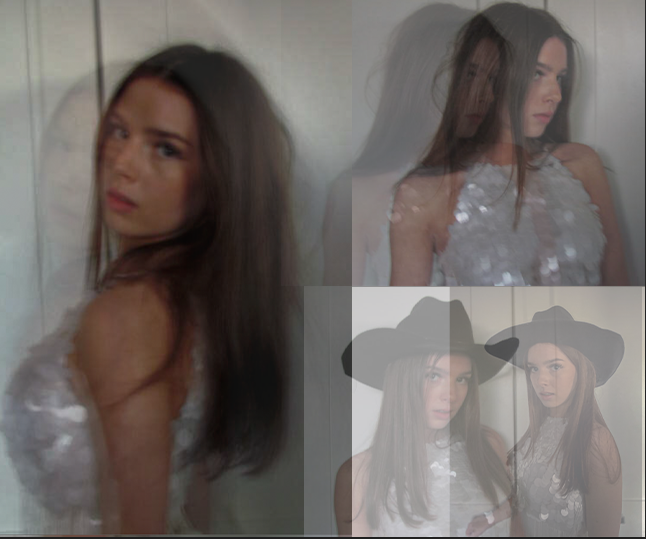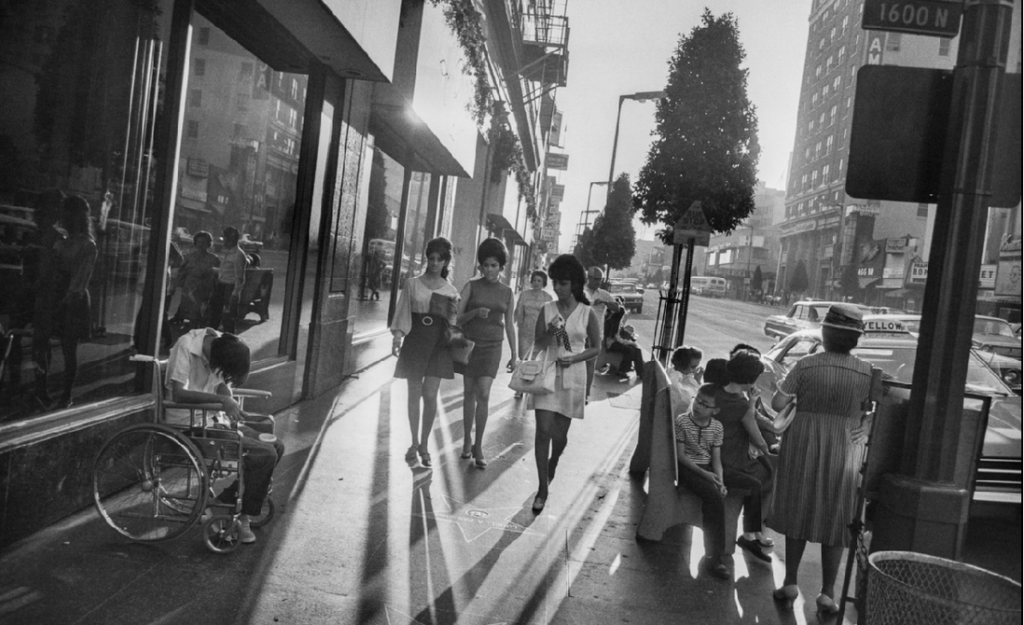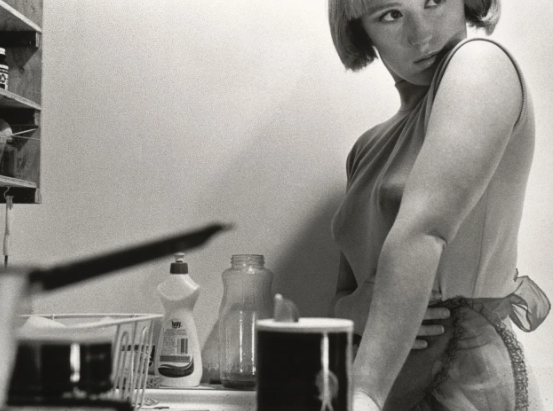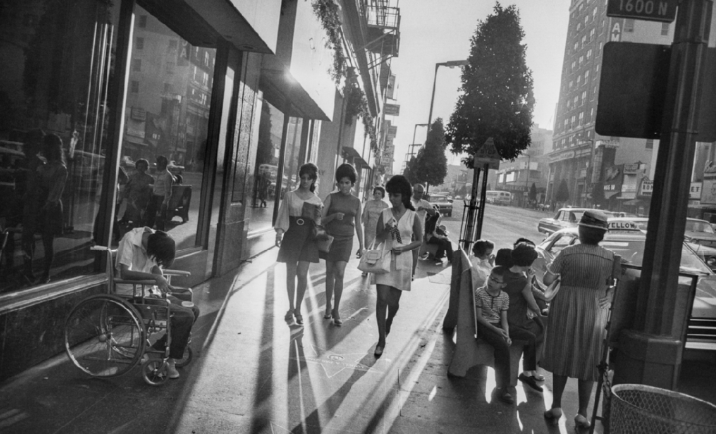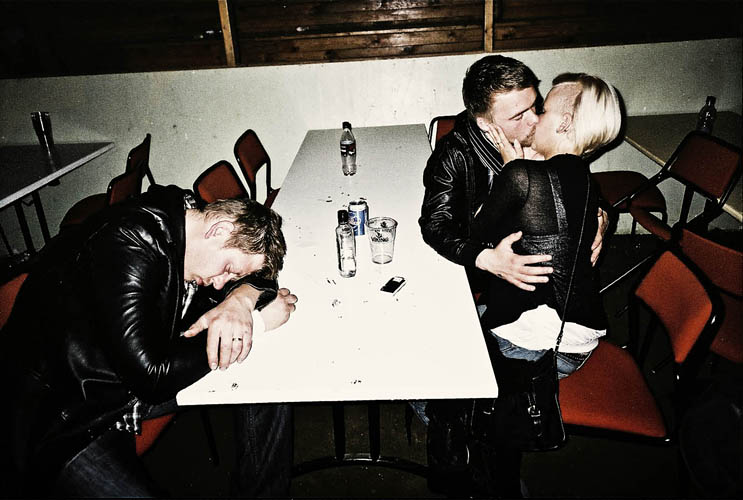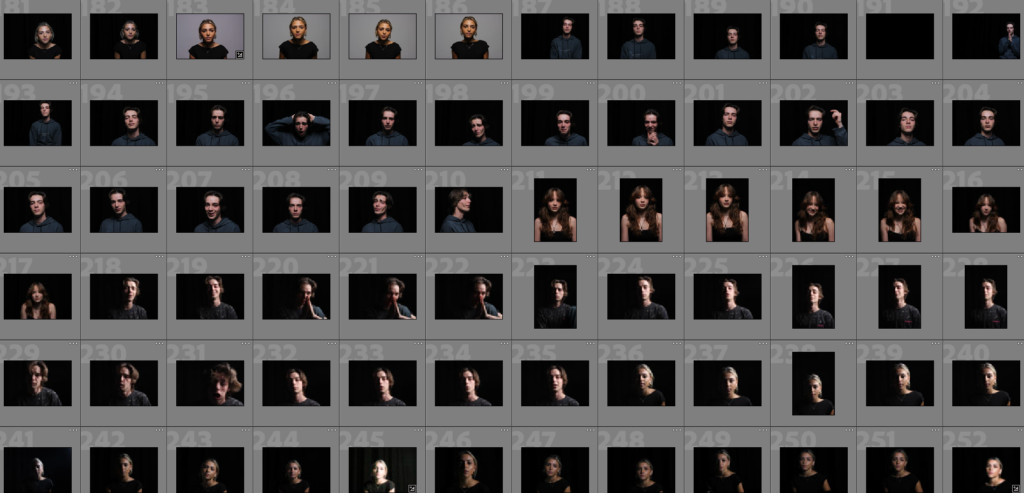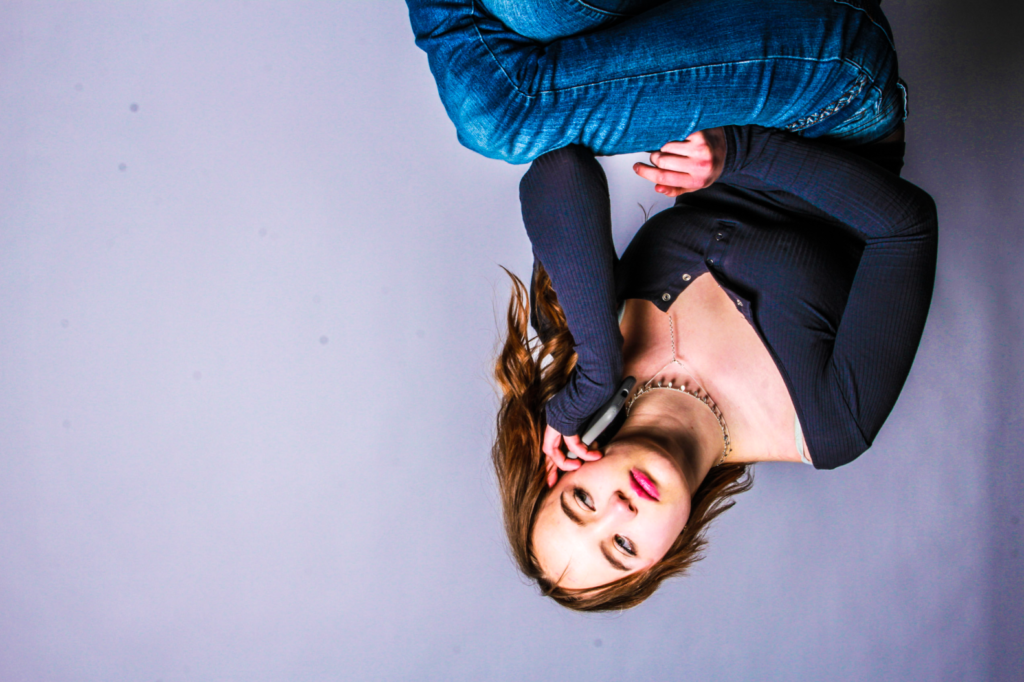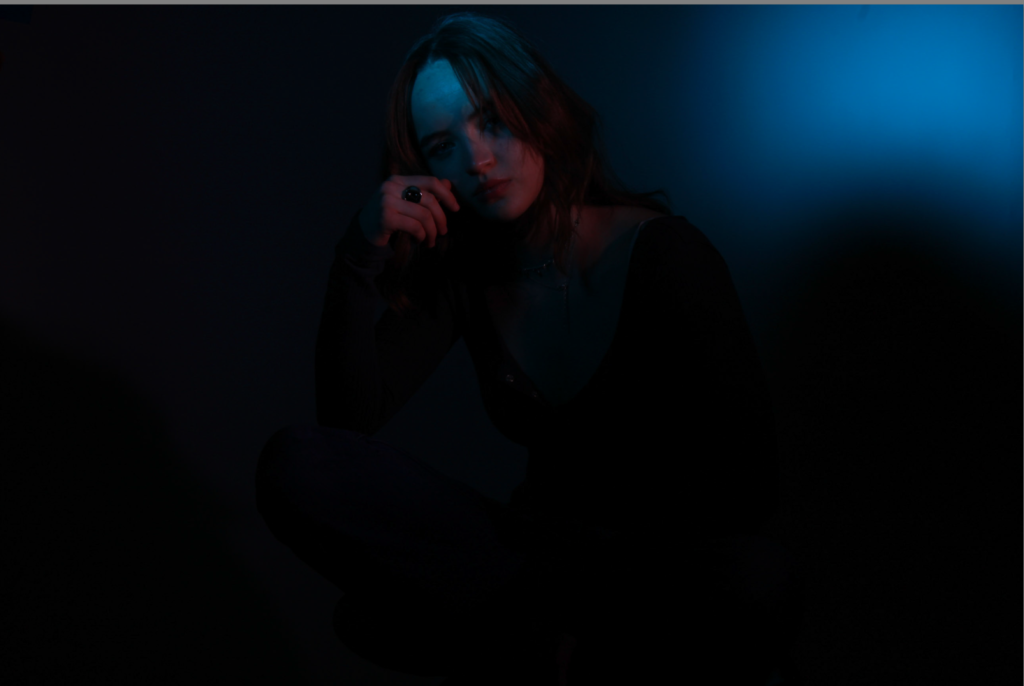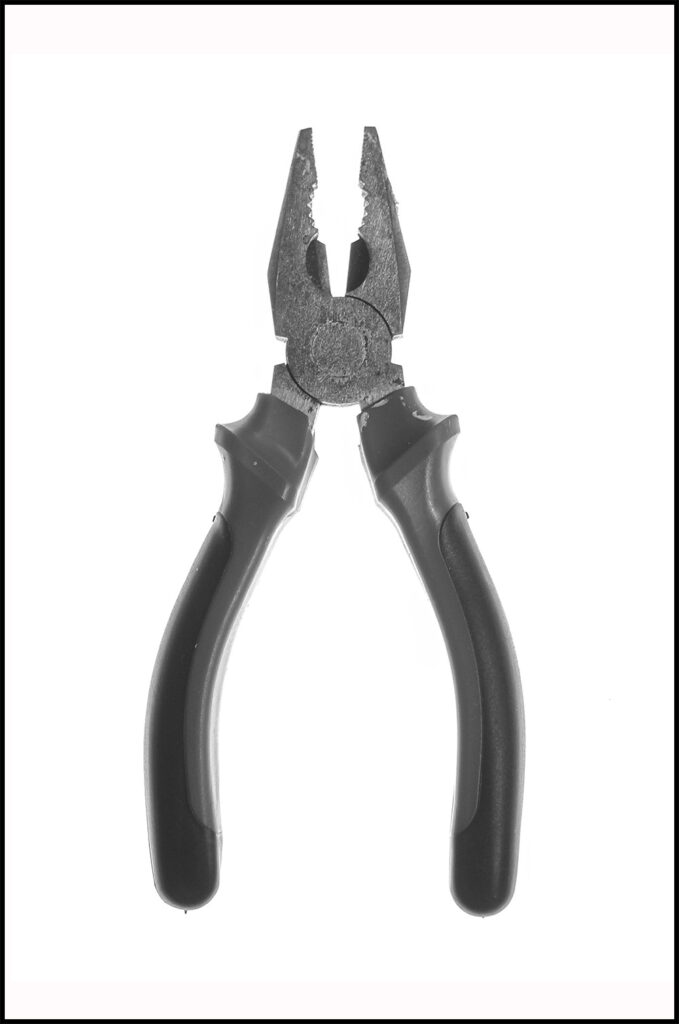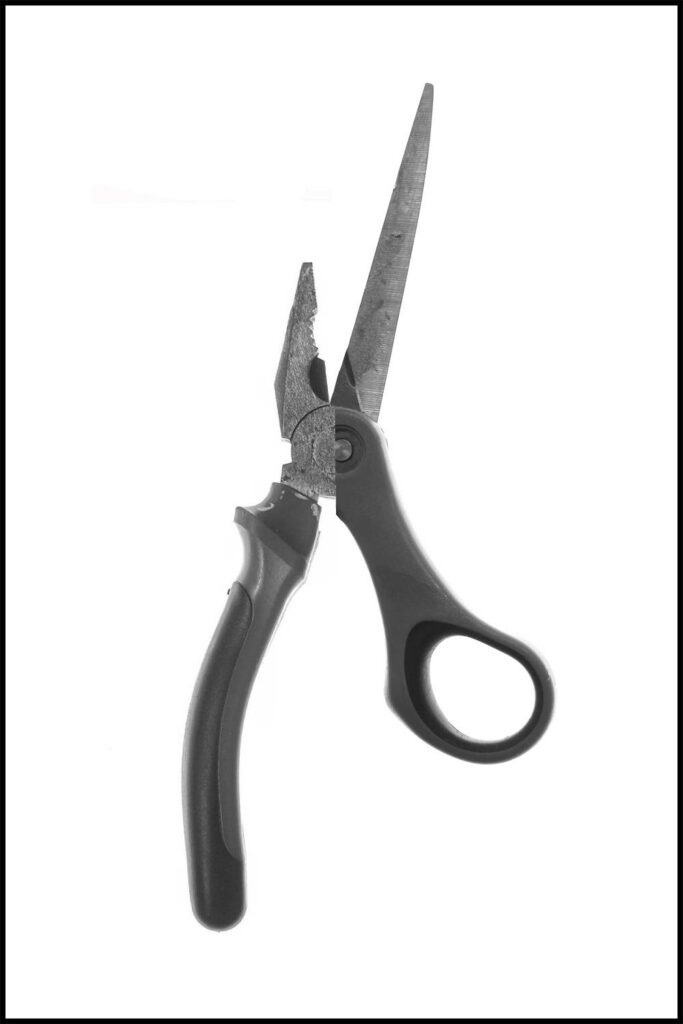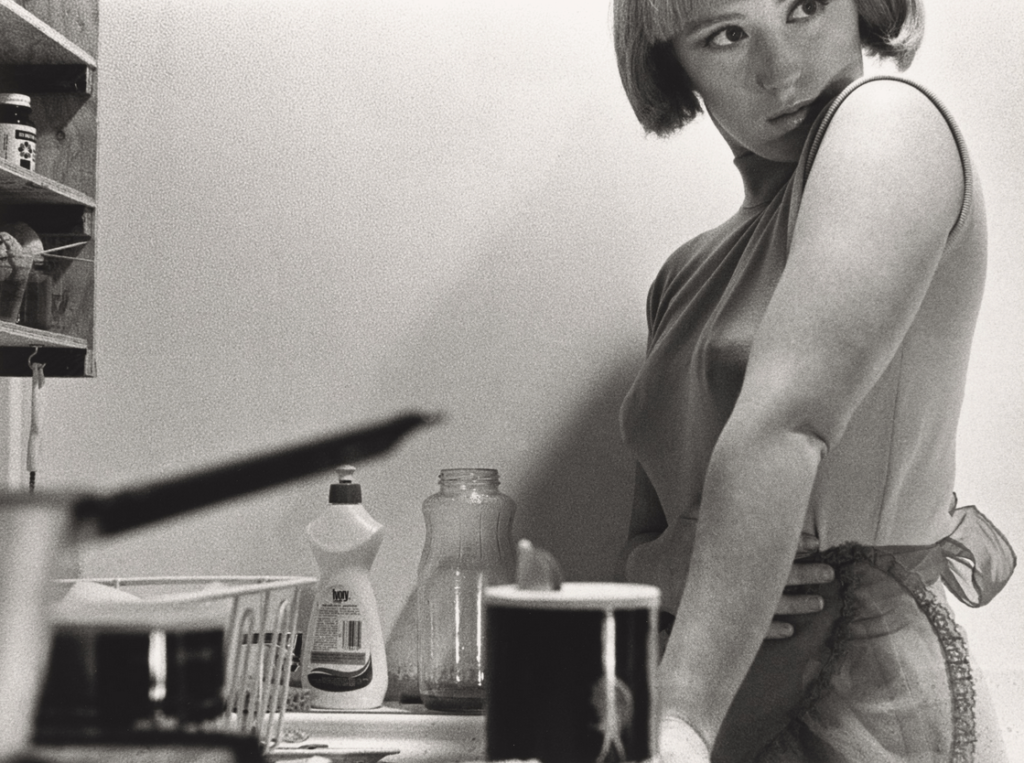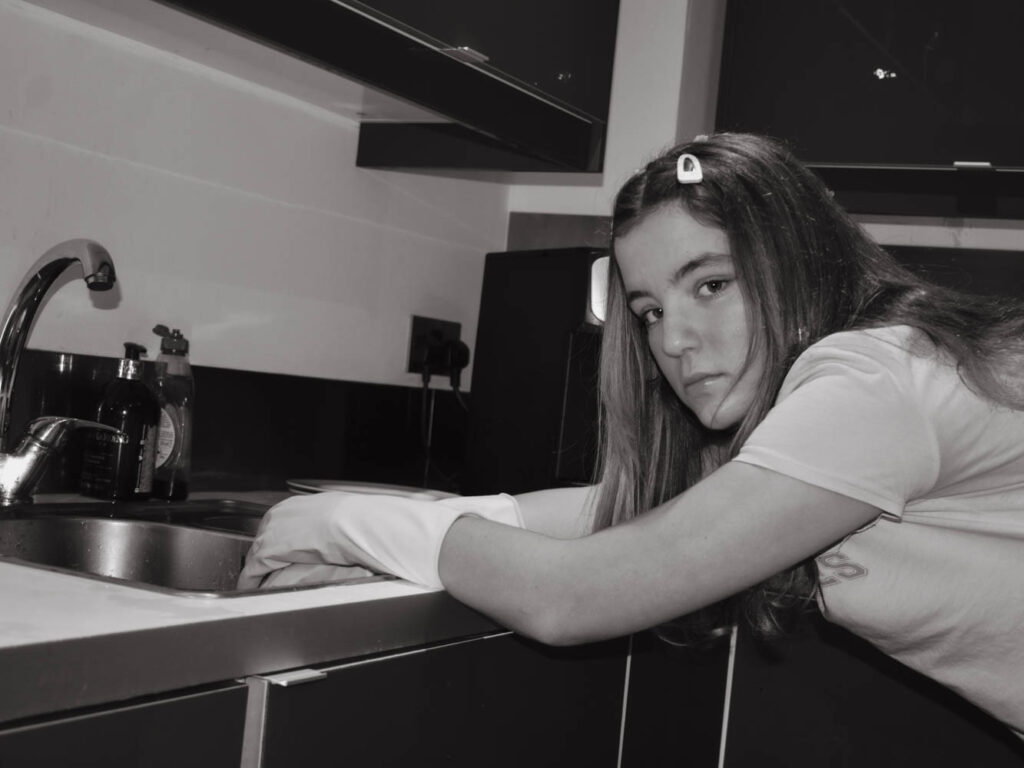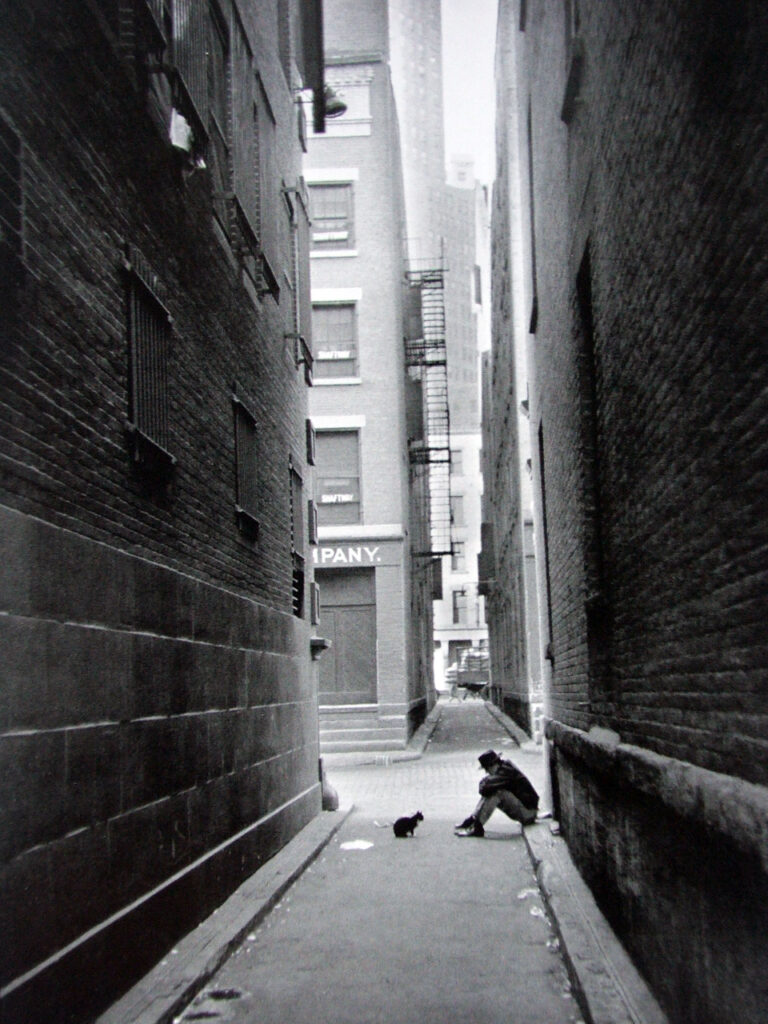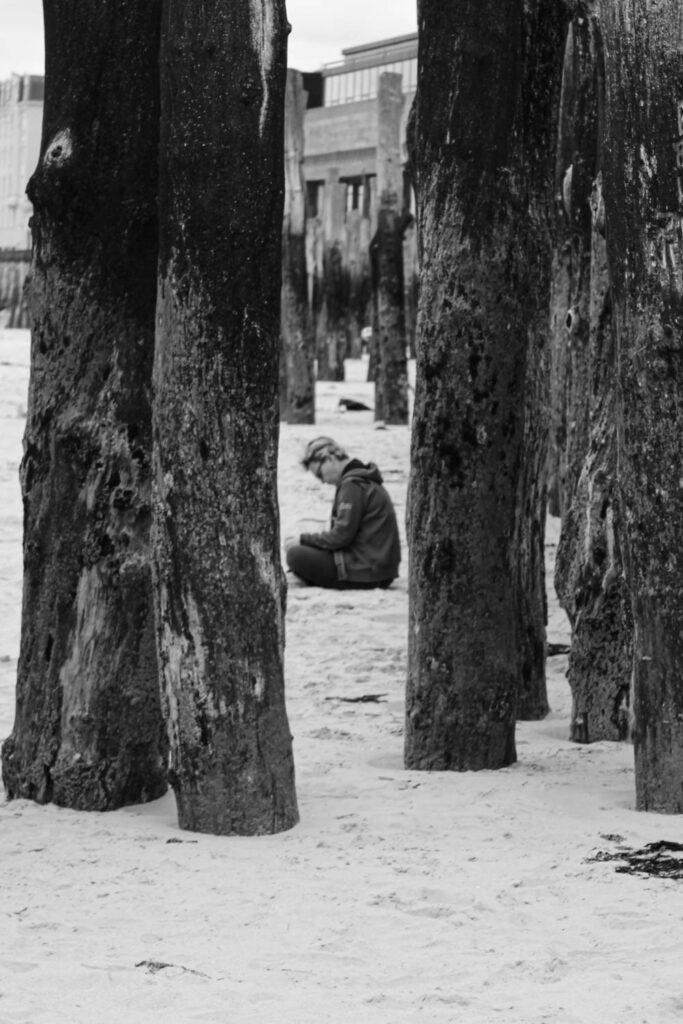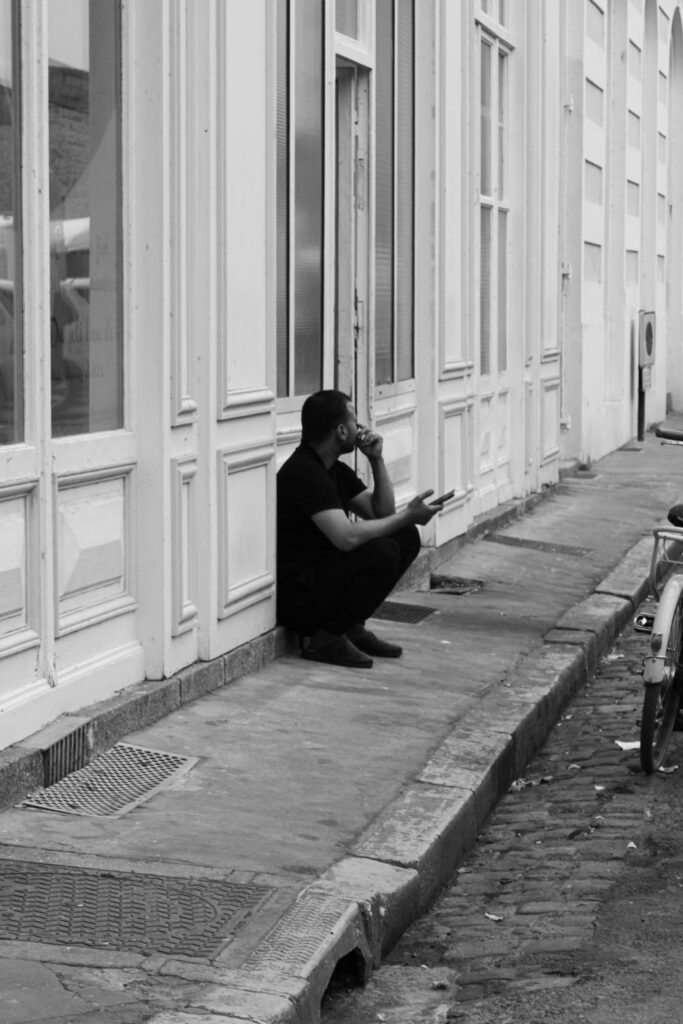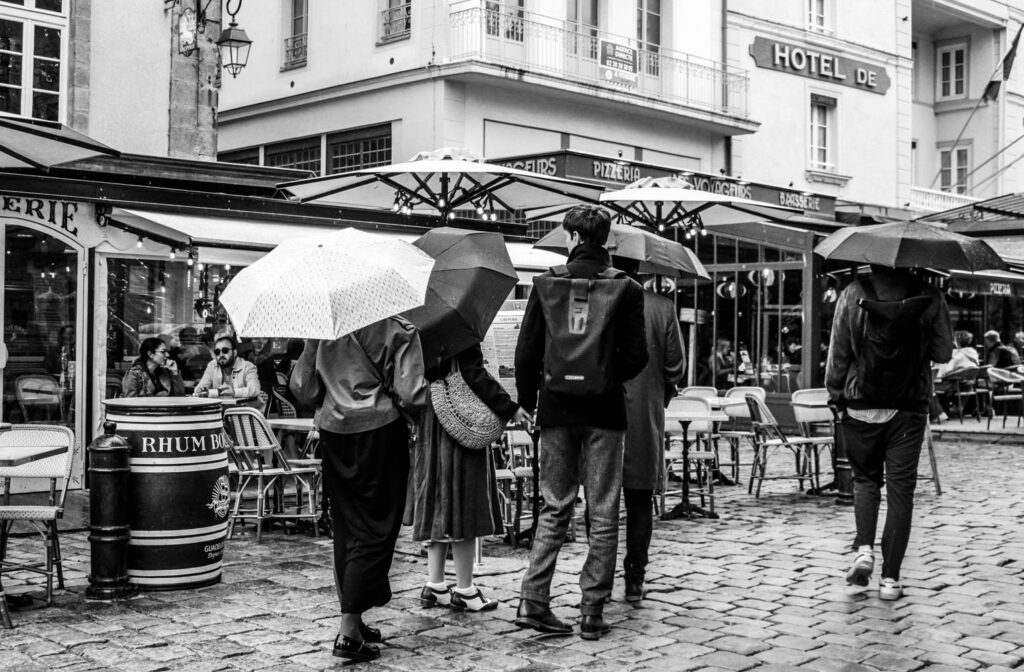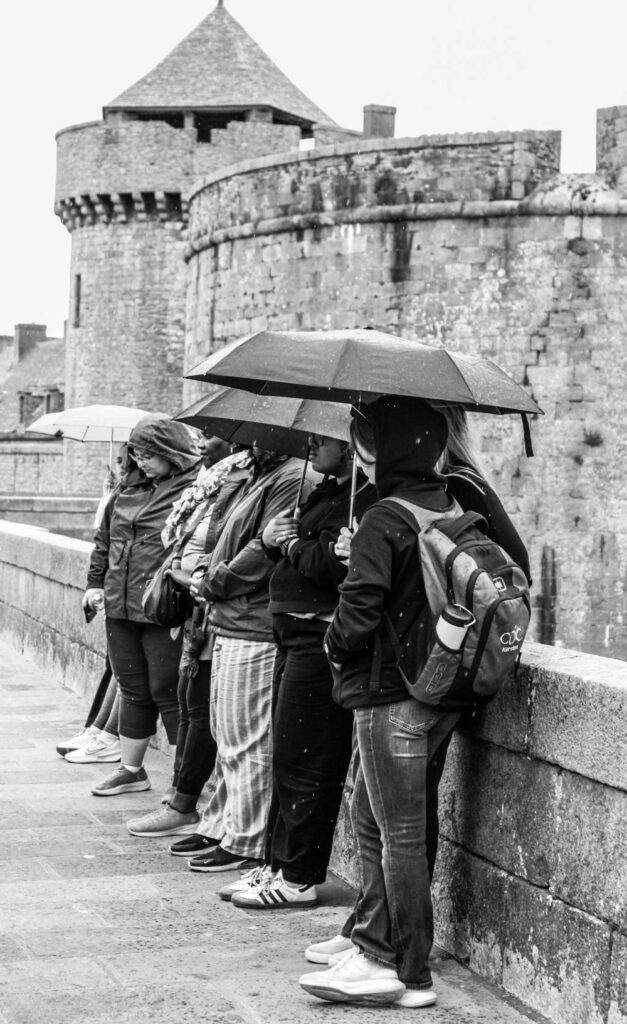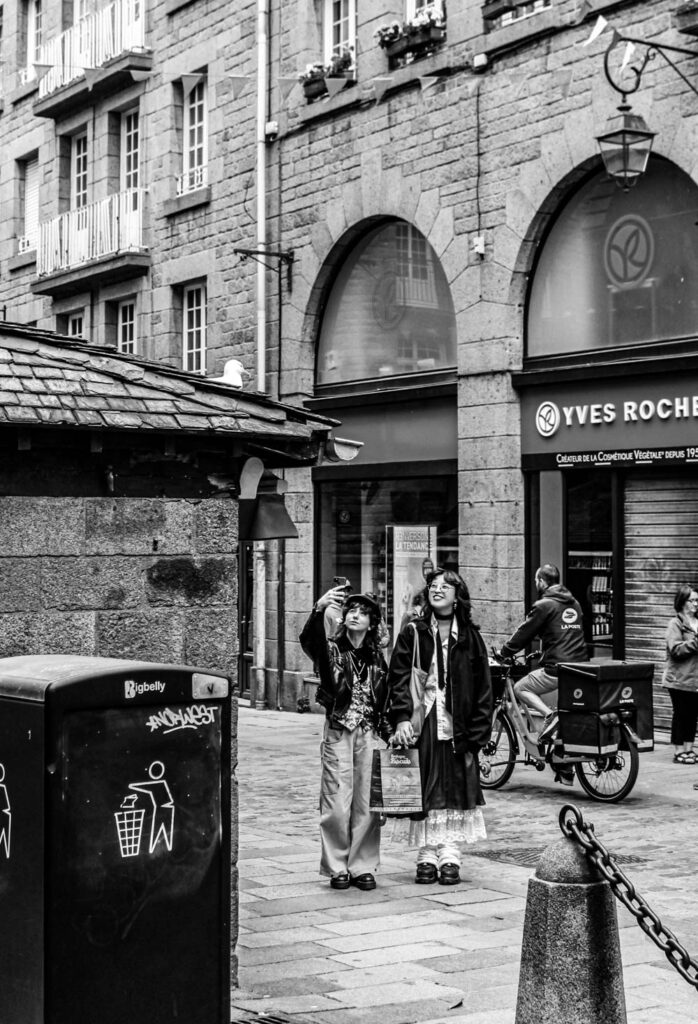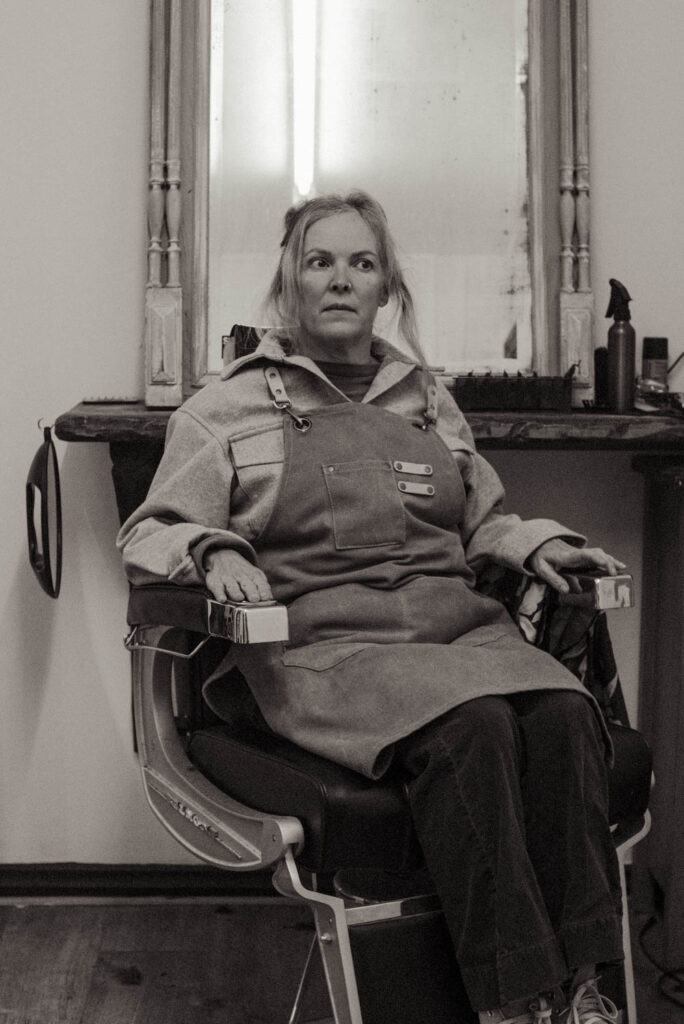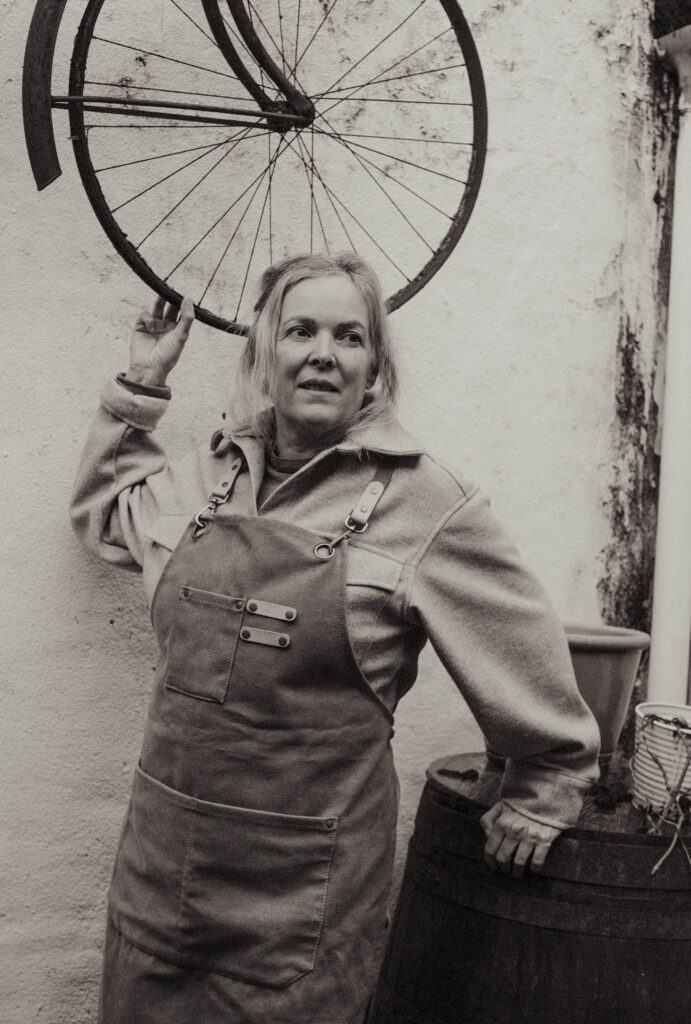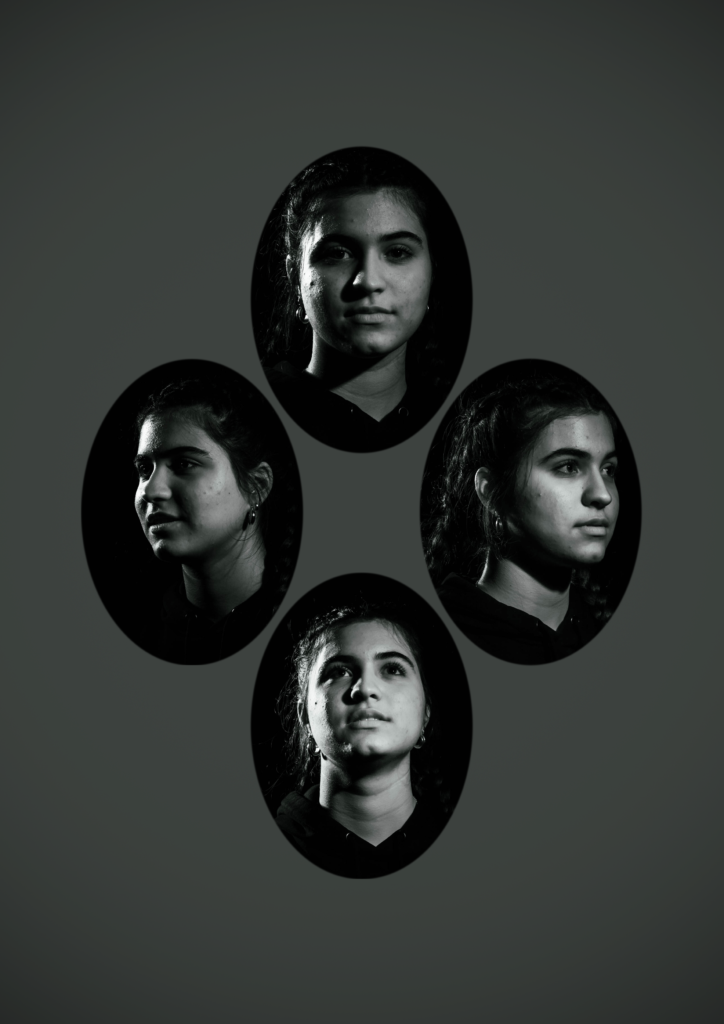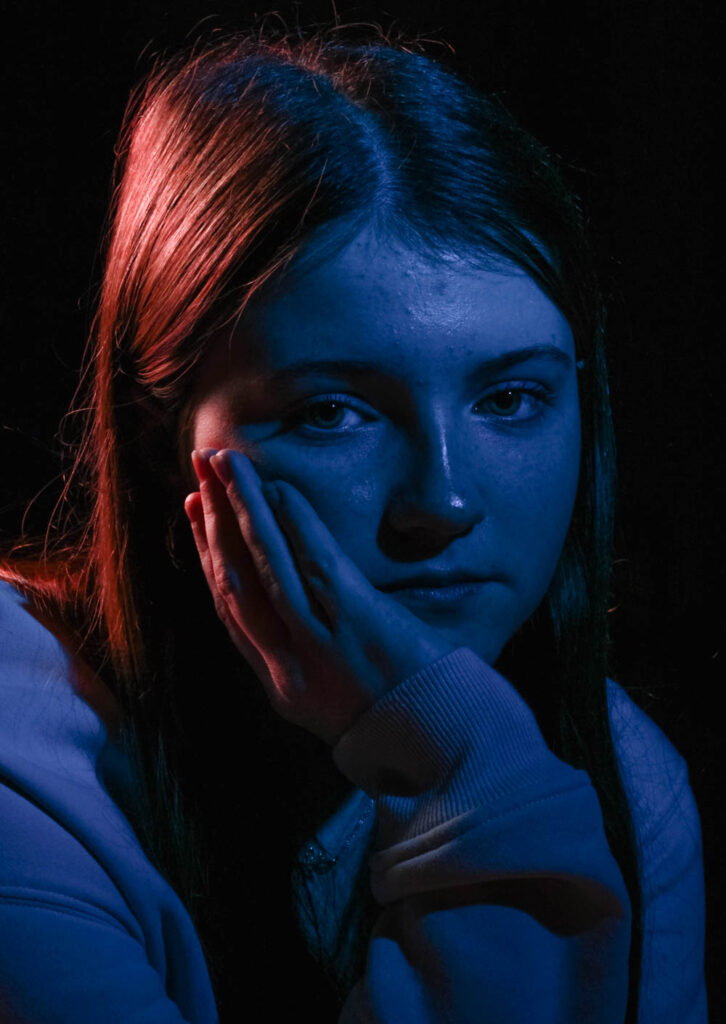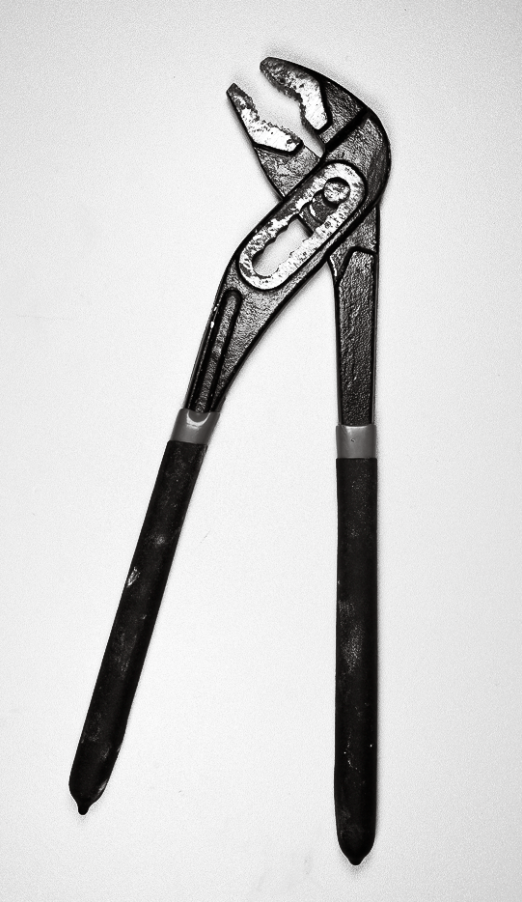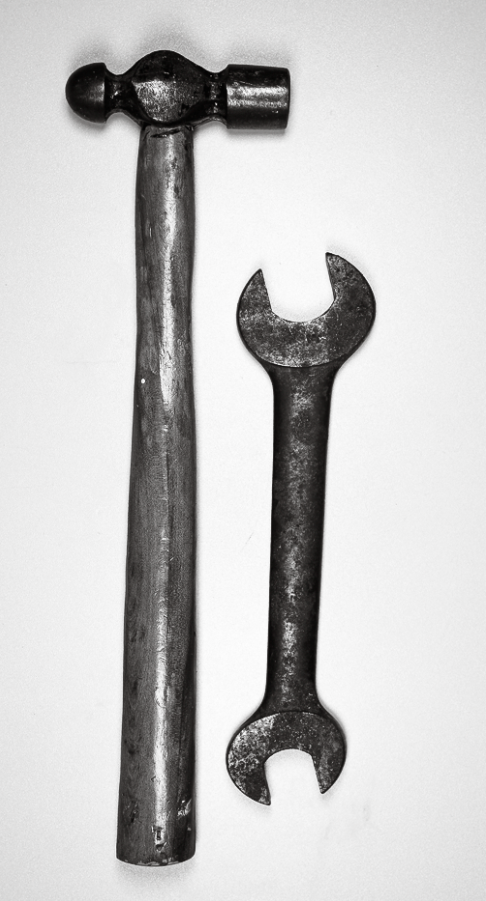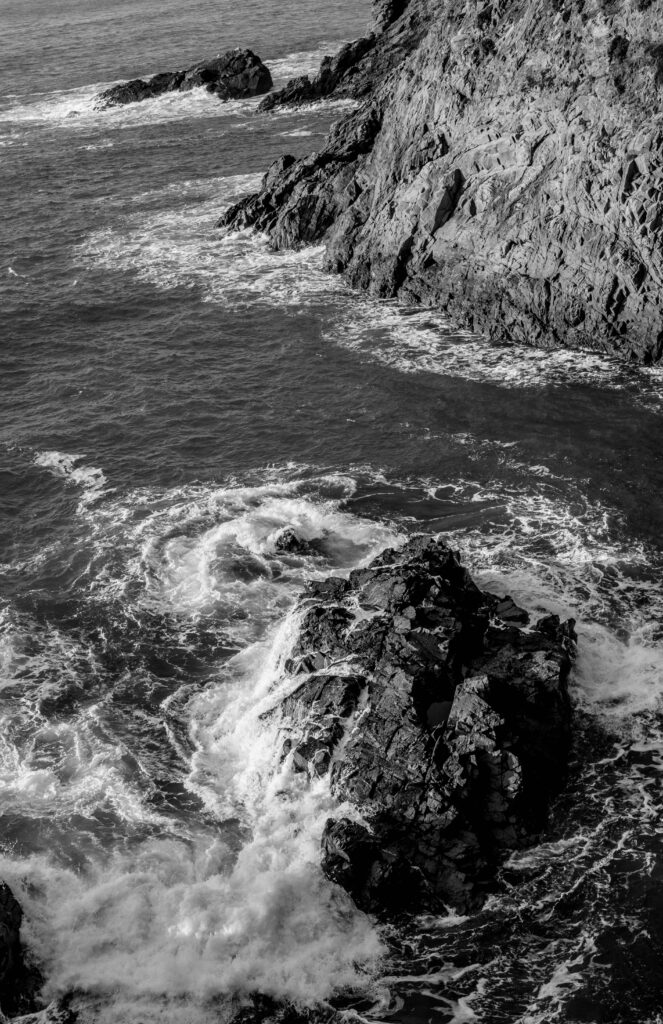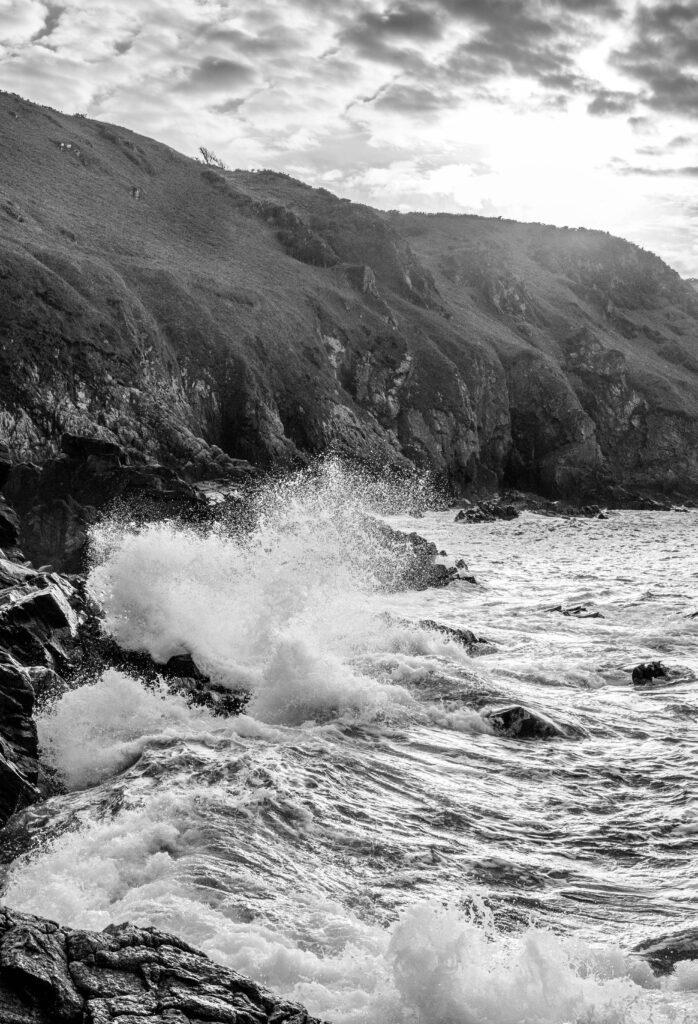REVIEW
In the first year of photography, I learned many important lessons and now in my second and last year of photography I can tell you that, I’m still learning different and important aspects of photography.
Can you even define photography?
Many may bluntly say that photography is taking pictures from a camera or a type of art however I would like to argue that photography is much more than that. From all the projects that I have done, I can strongly state that photography is a complex art. I learned that, not all photographs can be edited or taken the same way, they all have their own type of ‘impurities’. There is many angles we need to consider when producing a photograph, photography isn’t something that is easily learnt, you have to know how to use a camera, how to change settings in the camera in regard of the surroundings and most importantly, knowing when to capture the perfect moment, a decisive moment.
I have learnt that photography can be a form of preserving a memory as it encapsulates moments in time and I’ve realised this by studying many artist in the 20th century, artist like Ansel Adams, Claud Cahun, Cindy Sherman and so much more talented artist’s. This preservation of memories enabled me to understand the development and contribution towards photography. Photography has also enabled me to express my views, what inspires me and most importantly what I love most. Producing photographs has allowed me to discover my style and format. I’ve also learned that, photography documents the social, cultural, present and historical issues. It brings awareness. After studying about an artist called Jason Jackson who preached about BLM, it brought me insight about what racism actually was and it’s impact.
Photography act’s as a watchdog, a term created by David Hesmondhalgh which is where the media is checked to ensure it’s accurate and fair
Proof that photography is a watch dog is by evidence I have gathered after studying a variety of artist that explored different topics. This allowed me to be aware of certain topics I wasn’t as aware of. One topic that I explored in photography that effected me the most was identity. It brought me awareness of how identity can be shown in many different ways and everyone has different type’s of perspectives in terms of identity. Nan Goldin was an incredible artist that completely changed my perspective towards identity, she redefined photography by recording the promiscuous lives of her unique friends and herself.
Overall photography taught me numerous things. It taught me how to become an artist, it taught me things I had no clue about, it taught me that, different is better, and lastly it taught me to view world differently than others.
REFLECT
Masculinity and Femininity:
Masculinity is often referred to the behaviours, roles traditionally linked with being a male and qualities, which are many times emphasised traits like strength, independence and assertiveness. Femininity is seen as something that has roles and qualities which are typically linked to being female, highlighted as nurturing, sensitive and empathy. The concepts or terms are both culturally and socially constructed which basically means they can vary across different time periods and societies within a community.
Someone who I studied and challenged femininity and masculinity was called Claud Cahun. She was a French photographer and an artist that showed her surreal self and was famously know for her self-portraits. She also explored identity and gender fluidity. Her provoking imagery challenged many traditional norms which made her a key individual in feminist art.
I learnt that, she was very evolved in her time period and her advanced thinking made her different to everyone. This challenged people, it made people have a different perspective of what identity actually was and even opened peoples eyes to gender fluidity. The project that I produced in response to her work, taught to me think outside of the box. It challenged me in many ways. It challenged me with defining what masculinity and femininity actually was and especially how I was going to express it without being stereotypical. It allowed me to be creative and open within my work.
Previous:
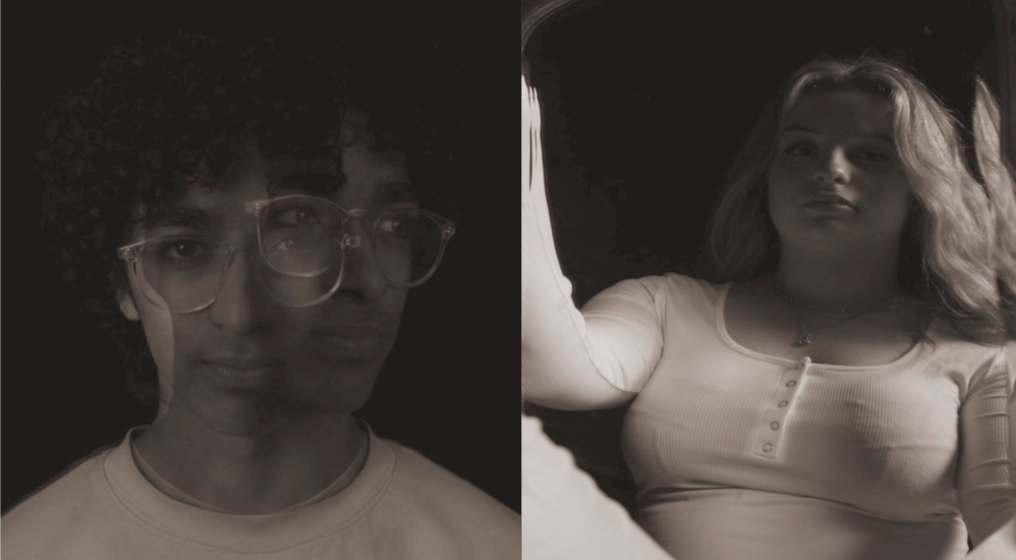
inspiration:
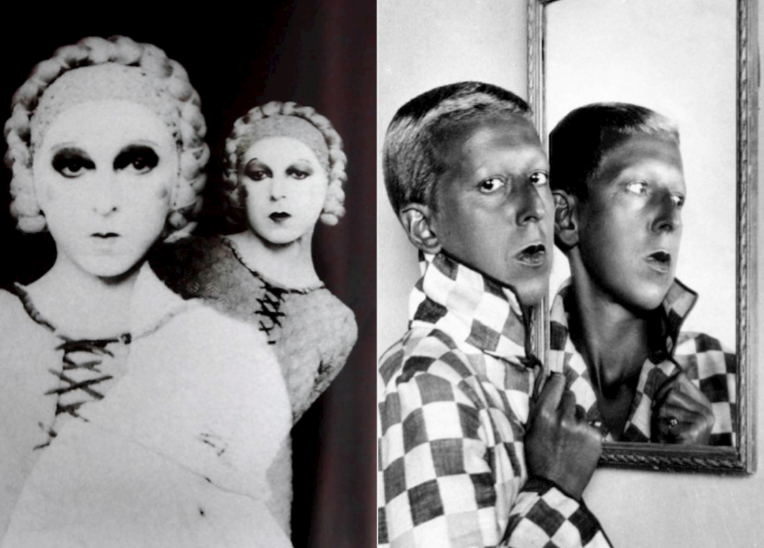
Evaluation:
My images had clear inspiration by Cahun’s work. I really liked my final outcomes and how I was able to mimic her techniques and ideas into my own perspectives, however if I was to repeat this study and response, I would try to be more accurate in colouring and editing.
Romanticism:
Romanticism was a literary and artistic movement from the late 18th to mid-19th century which sympathised emotion, nature and individualism. It evaluated imagination and often protested against traditional norms, the sublime and celebrating feelings.
An artist that I looked into that investigated romanticism was the talented artist called Robert Adams. He was known for his black and white landscapes of the American west where he compared the themes of human impact and nature. One of his project I looked into was ‘The New West’. He showed industrialised towns and often challenged these towns by capturing these towns with the background of the images being nature. He often put towns at the front and the nature in the back to comment on the effects that industrialisation was creating. The effect that he had when he put nature as the background was ground braking. Him doing this implied that we were forgetting about nature and worrying more about the human species and its ever growing population. His work brought me awareness and anger. It made me realise how much we have selfishly ruined and defrosted many fields to sustain our never-ending population. With this realisation, I was able to show this within my images. I was able to make urbanisation as something that was dark and bad in my images and make the nature/rural part of my image lighter, just like he did.
Previous:
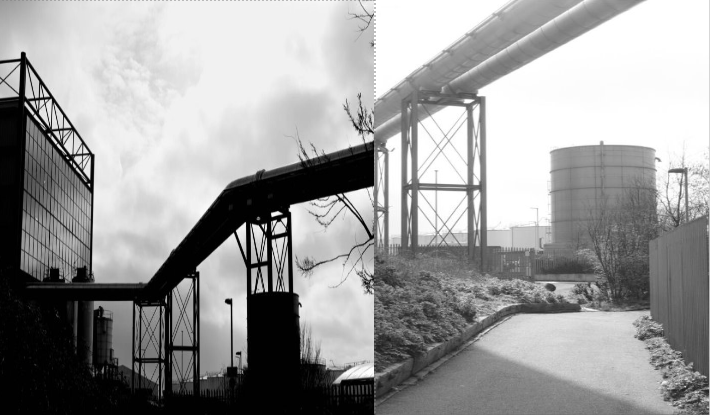
inspiration:
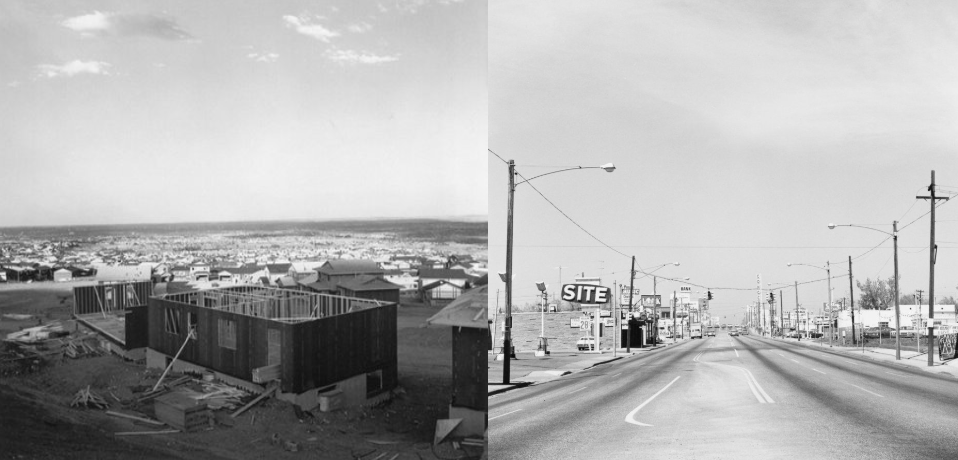
Evaluation:
This topic was one of my favourite topics I got to explore. I really liked how awareness was brought to me via images and how eye opening it was. I enjoyed producing images that brought awareness and with these images, I could use them as a way to shout at the human population about the mass urbanisation but not literally. I did it through my images. However, if I was to repeat this again, using my final images, I would take images of towns instead a place that wasn’t as highly populated. This would’ve brought even more awareness about the mass population and the message Roberts wanted to imply.
Identity:
Identity mentions the qualities, beliefs and characteristics that make a person or a group distinct So, identity is about how each individual person perceives themselves and how they are seen by others. Identity is often influenced by experiences and social contexts.
A artist that I really liked learning about her work was an artist called Clare Rae. She is an Australian photographer who is famously known for her intimate portraits which explore themes of femininity and identity. Her work combined fine art and documentary styles where she would use light and composition to create evocative narratives. Her work was unique. She expressed her frustration towards objection in women, directly or indirectly. Positioning herself in awkward poses, enabled her to show that and communicate things that she could say or didn’t want to say directly. I learned that a body is a very powerful message. Without using words or implication, you can use your body to show how you feel or perceive something and I find that powerful. I also learned that we can use our surroundings to produce and image and when you combine those two things, a body and a surrounding, you get a striking message.
Previous:
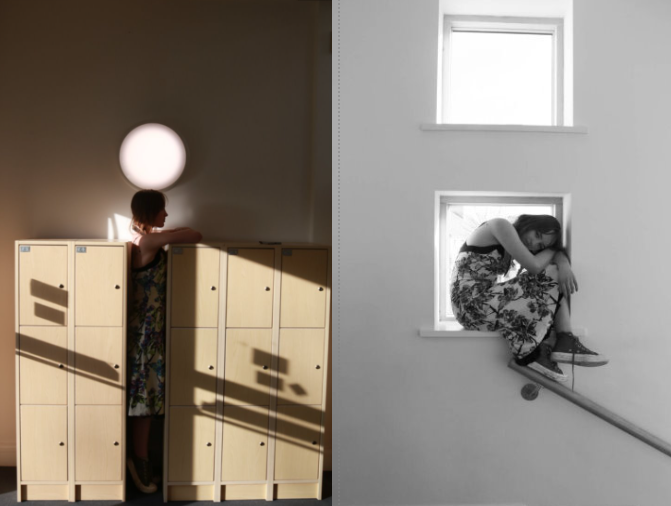
inspiration:
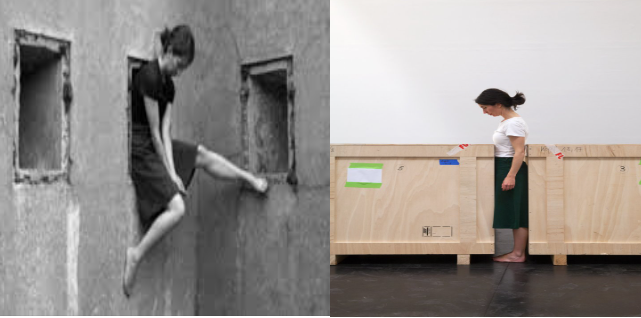
Evaluation: I really liked my outcomes that were inspired by Rae’s work. I think that I powerfully showed my inspiration and awkwardness in my images, just like Clare. The poses in awkward settings, enabled me to be creative and inspiring. However, if I was to repeat this topic and response. I would do Self-portraits instead of taking images of others because Clare did that, to indicate an important and persuasive message.

